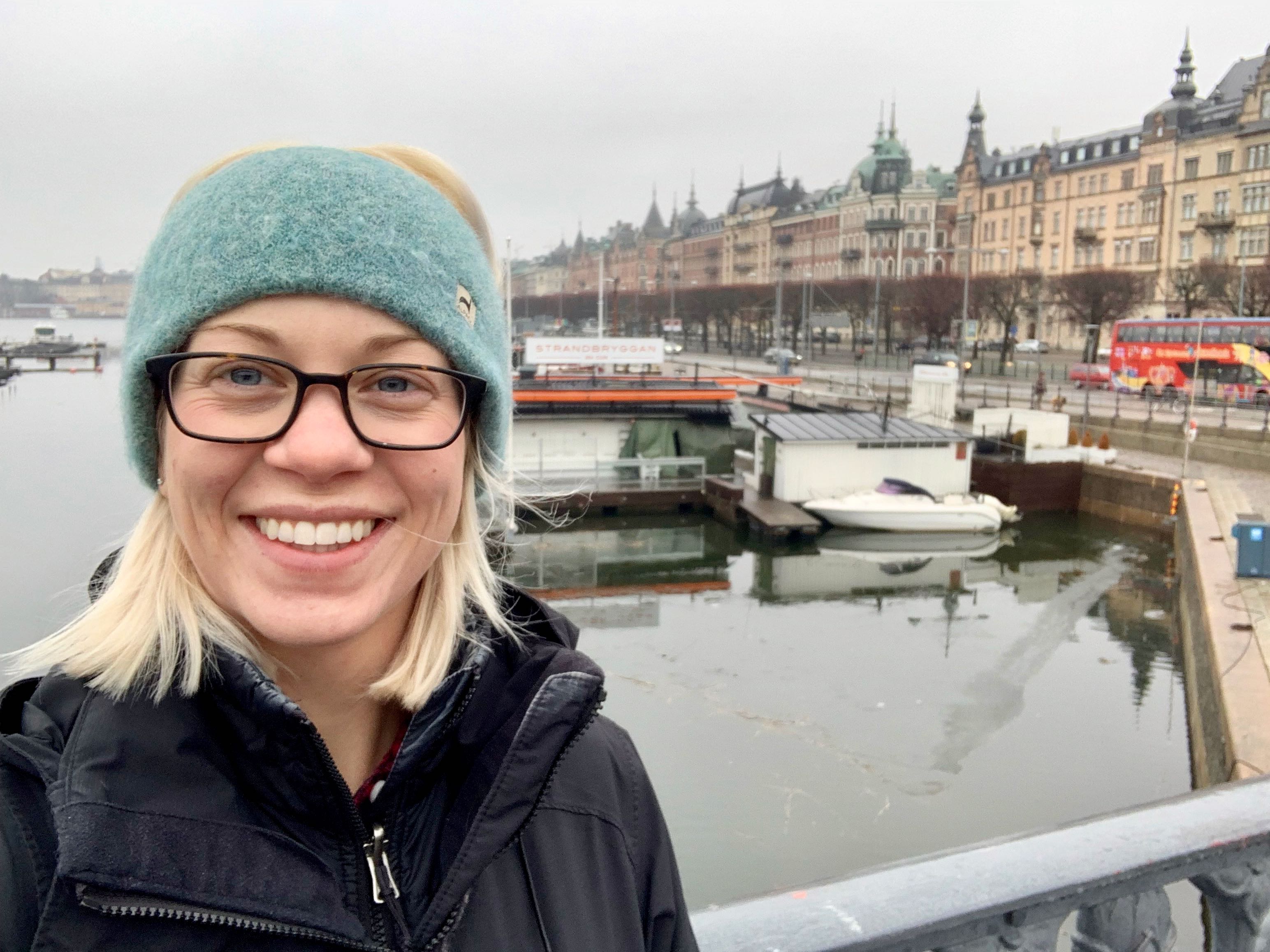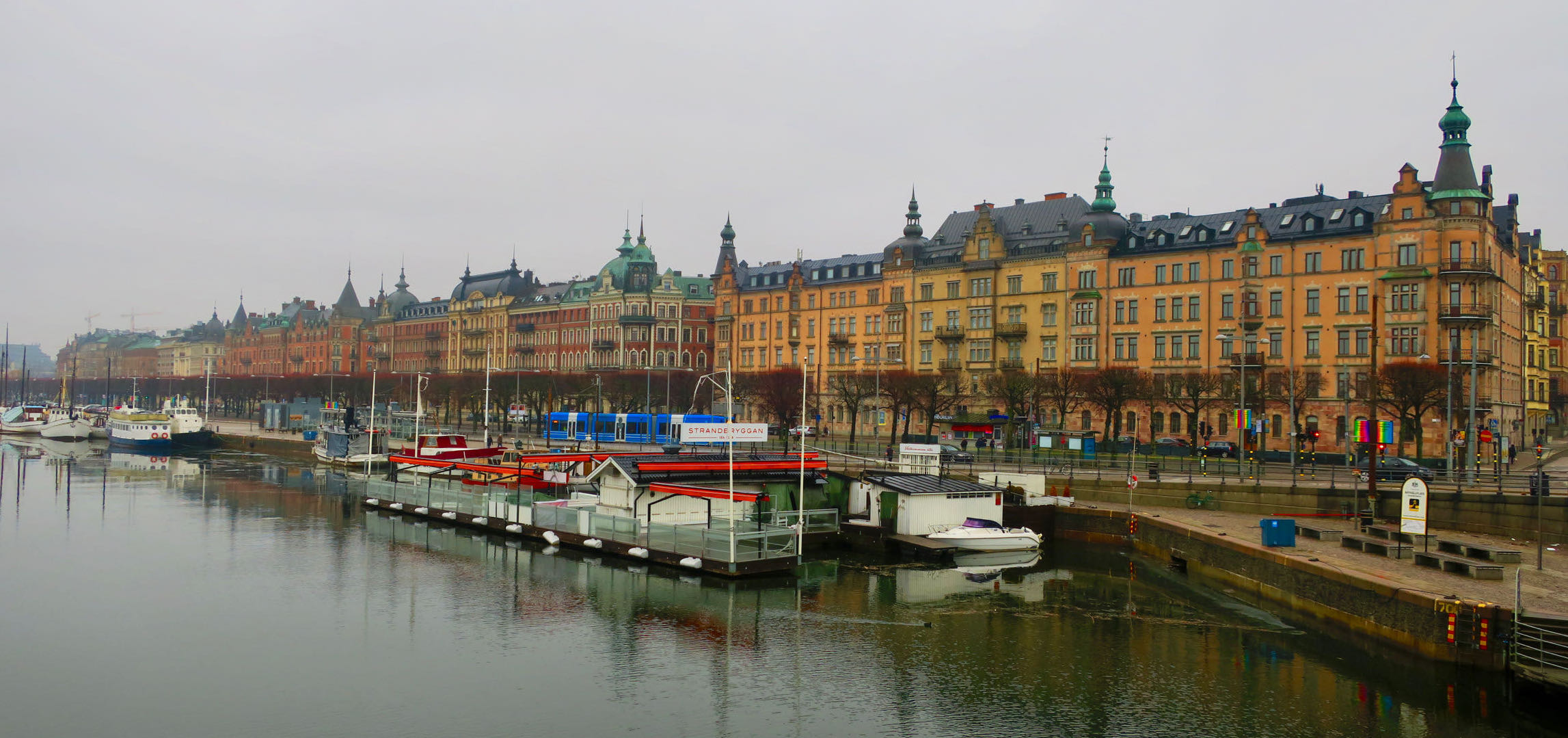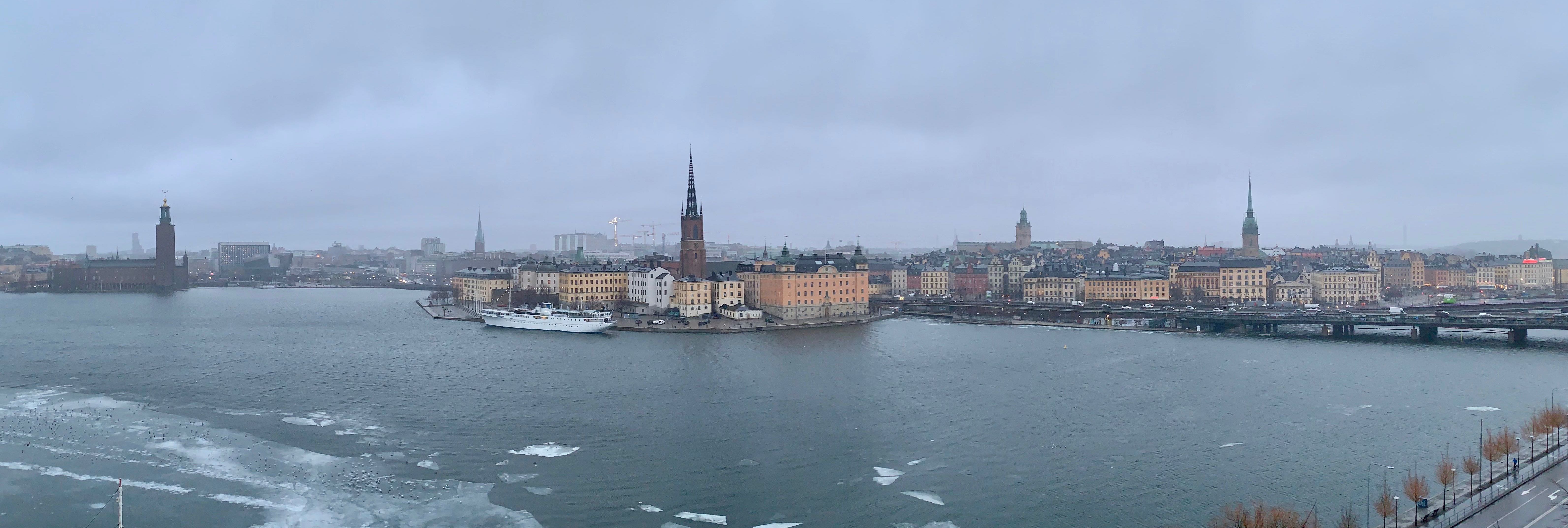Sweden isn’t your typical spring break destination, but a combination of cheap flights and curiosity about my roots convinced me to visit during their off-season. The trip was slightly unusual for me in that the draw to location wasn’t tied to a landscape and related activities. Rather, it served as relaxation holiday, and an opportunity to get a feel for the culture (and eat loads of pastries). One feature of Stockholm that took me by surprise was the abundance of strictly cash-free businesses, in contrast to Philadelphia which recently became the first US city to ban cashless stores.
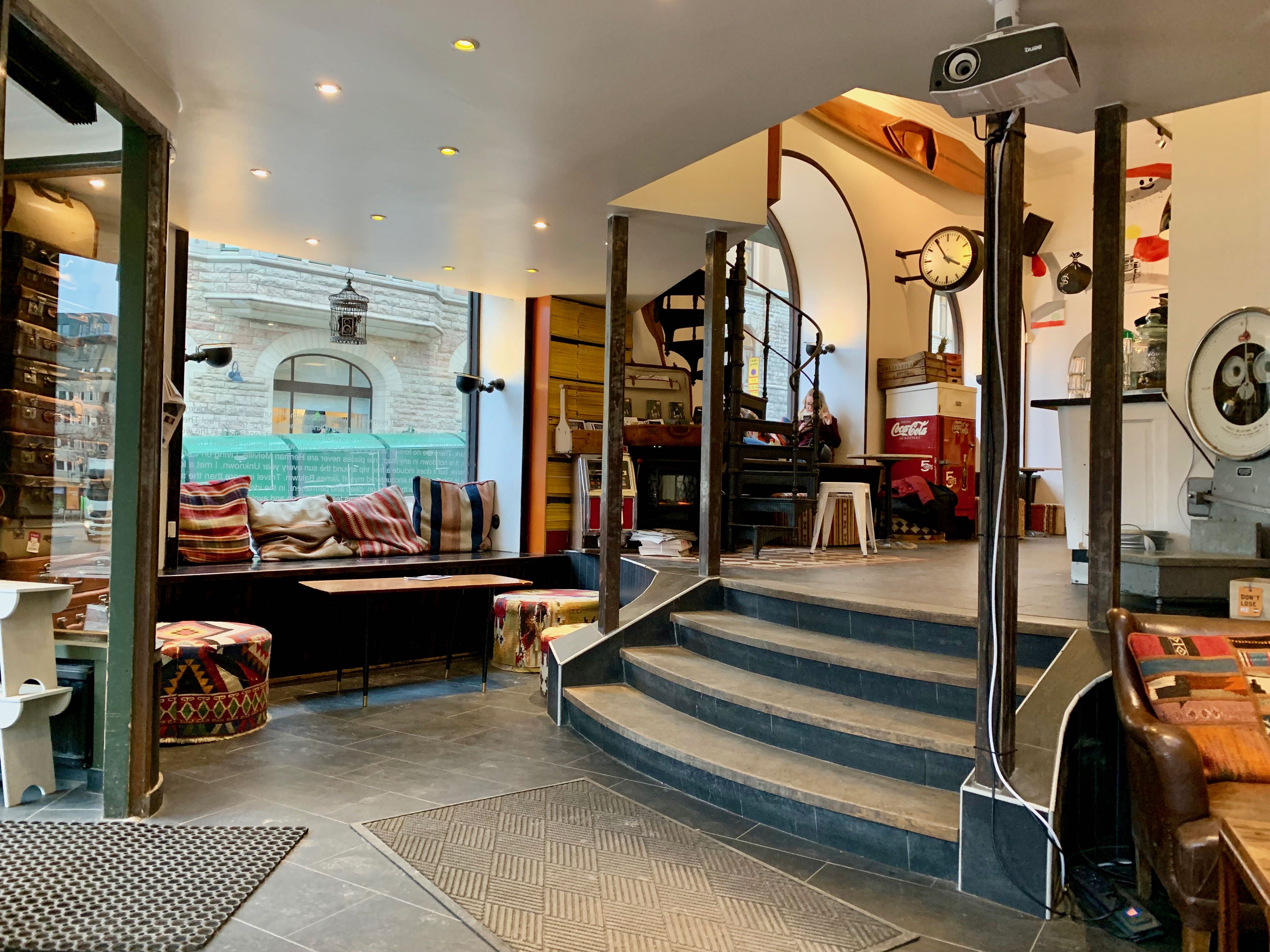

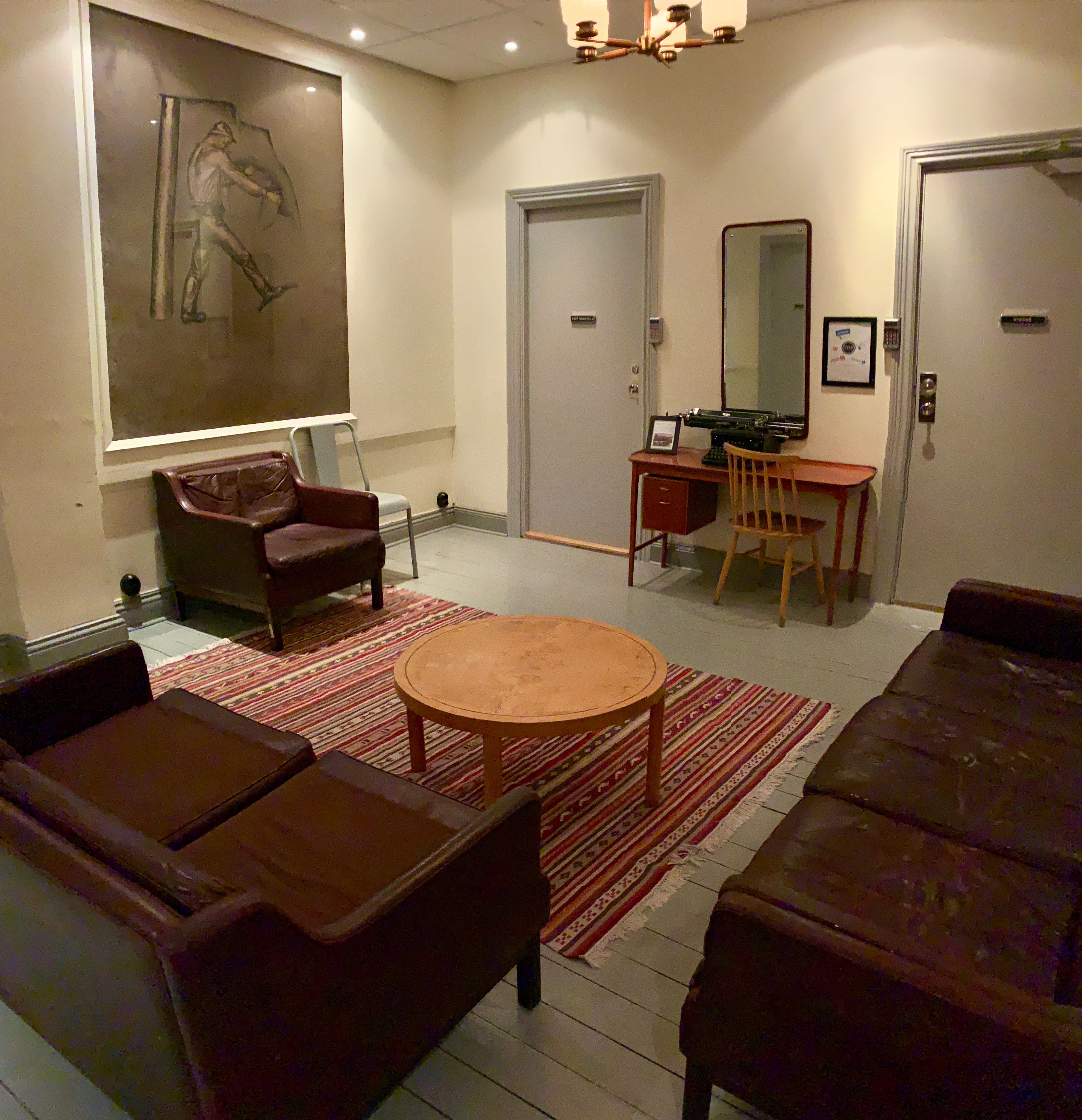
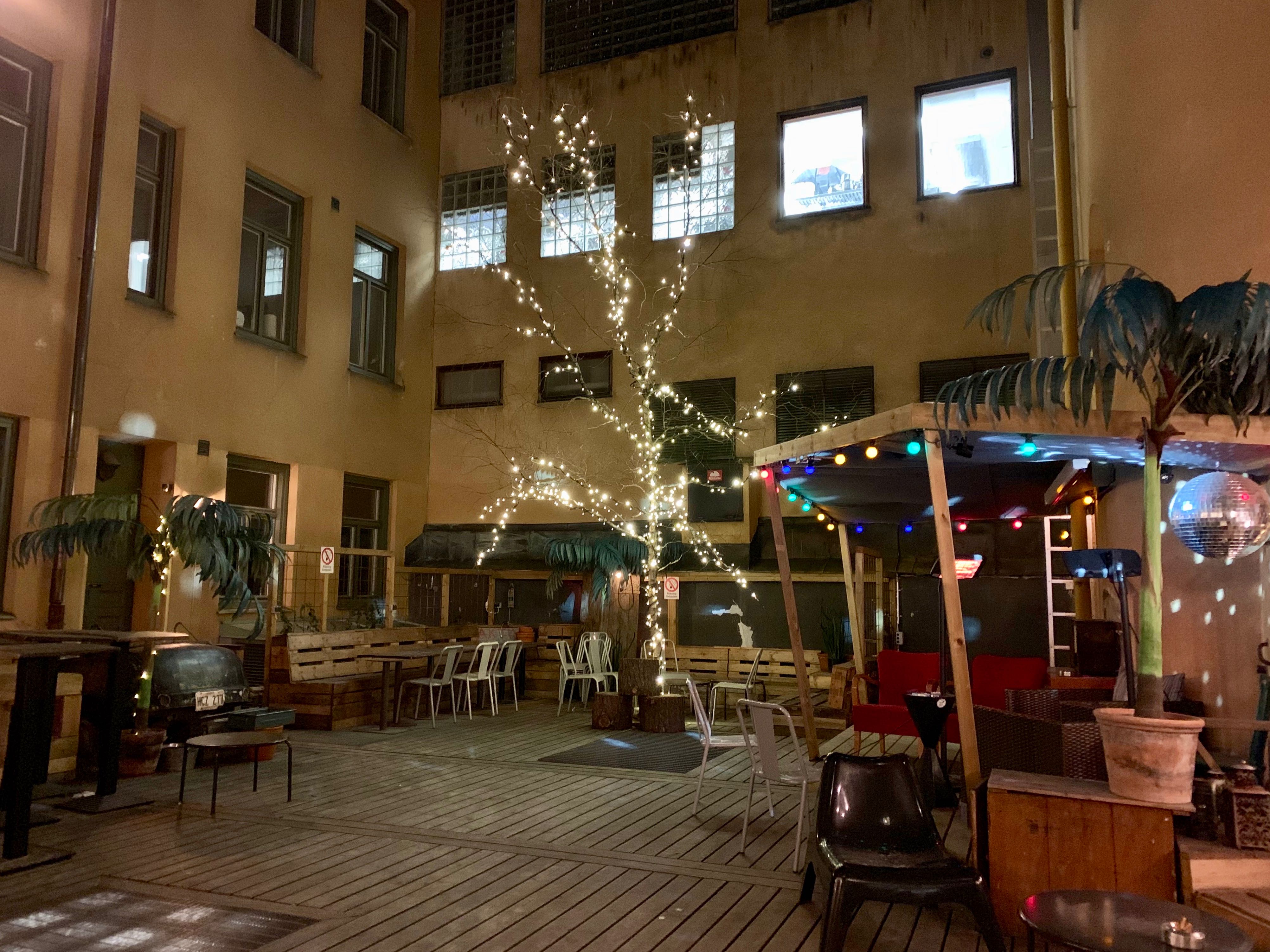
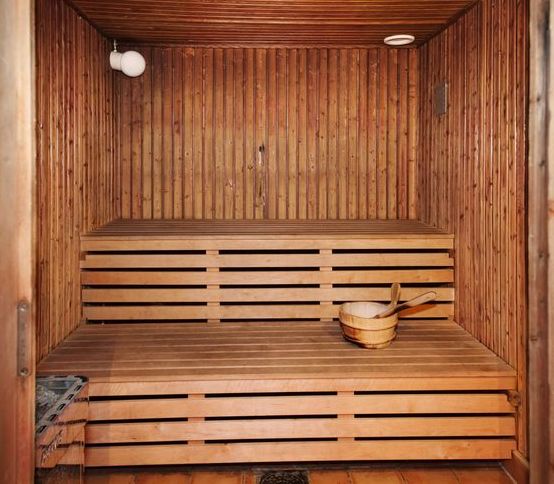

My accommodation was the only part of the trip that I pre-planned. City Backpackers Stockholm was an easy choice given their reputation, amenities, and prices. I swear each trip I claim to have found the best hostel… Well I’ve done it again. I found the best hostel!
Highlights: While there are other charming (and slightly cheaper) hostels in the area, spending few extra dollars to stay at Backpackers is more than worth what you gain in amenities. Most importantly, this hostel has a freaking sauna. Fighting the wind/rain/snow all day is far more bearable knowing there’s a sauna waiting for you when you get home (and therefore, the Scandinavians have solved winter). An supremely underrated feature of this hostel is the heated bathroom floors. Getting up in the morning is exponentially easier knowing your feet will be warm in the bathroom (a no shoes inside policy is strictly enforced). Also notable, free pasta, coffee, tea, and skate/bike rental. Breakfast is available for 75 SEK (~$8), and the adjacent restaurant, Nomad, has specials for hostel guests. The staff was kind and accommodating, and hosts weekly events for guests. The hostel has ample common space, a well-equipped kitchen, and is extremely clean and secure.
Downsides: Linens are not included and renting from them is compulsory. Sauna hours are slightly limiting (but can I really complain about this??).
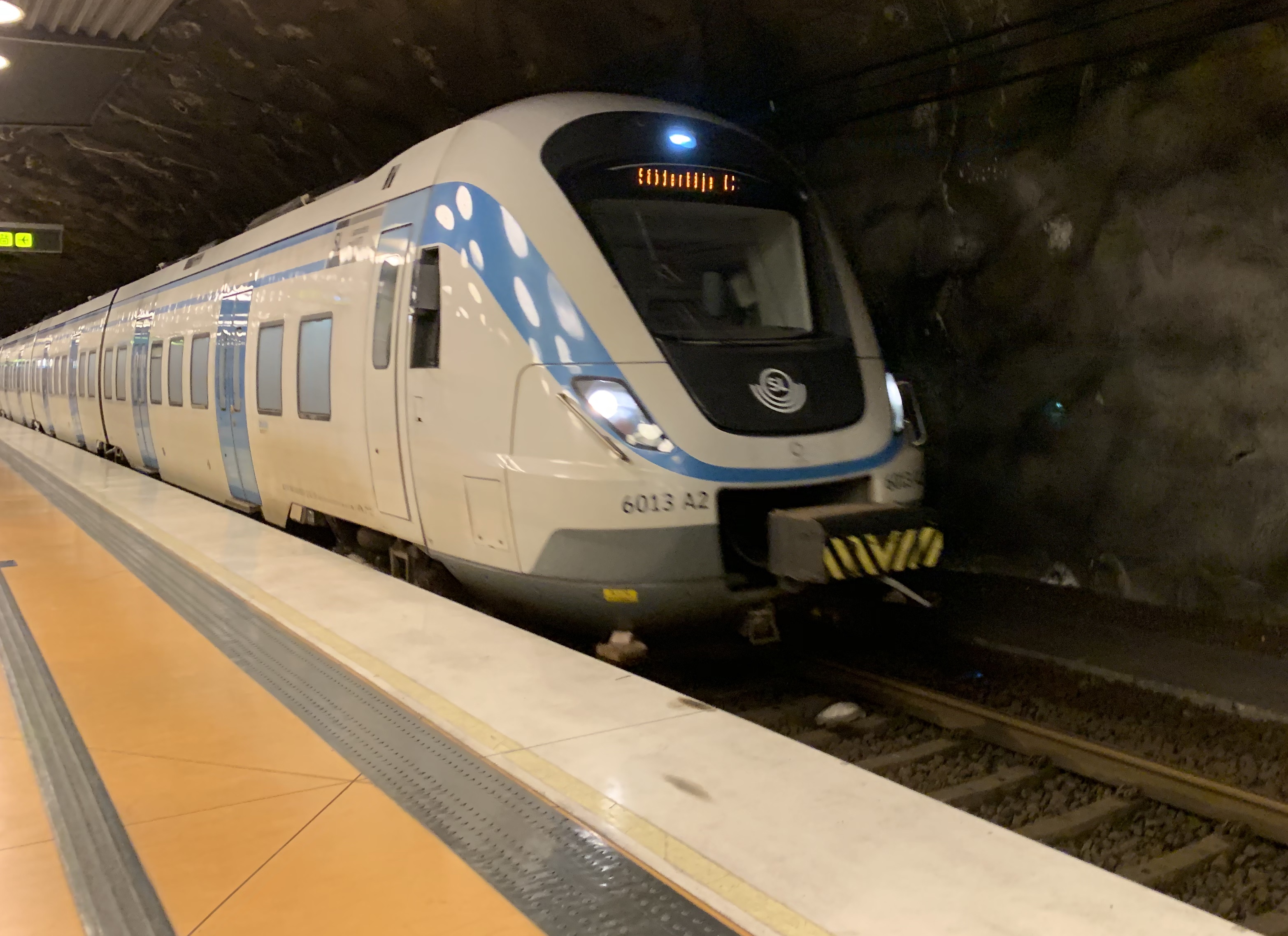
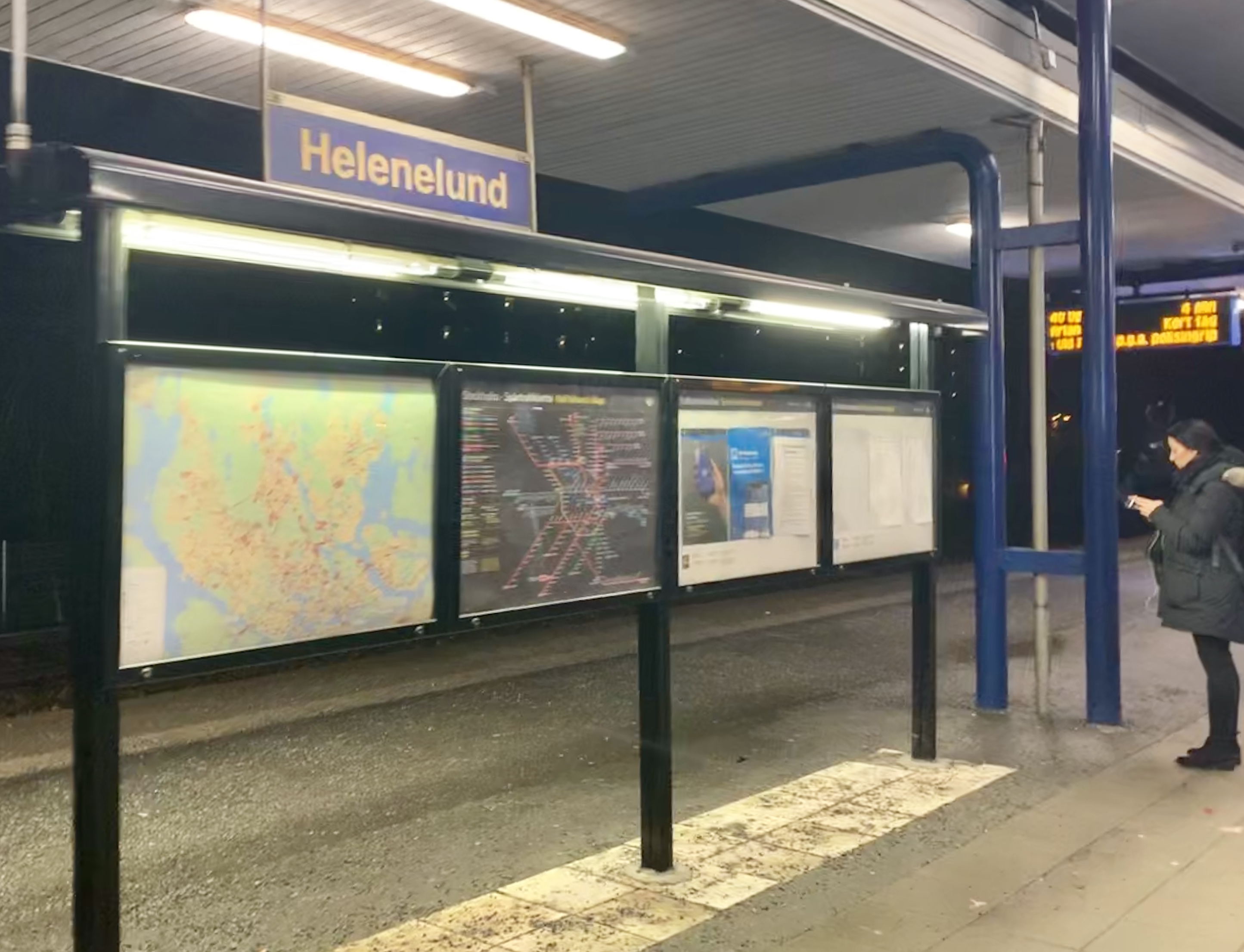
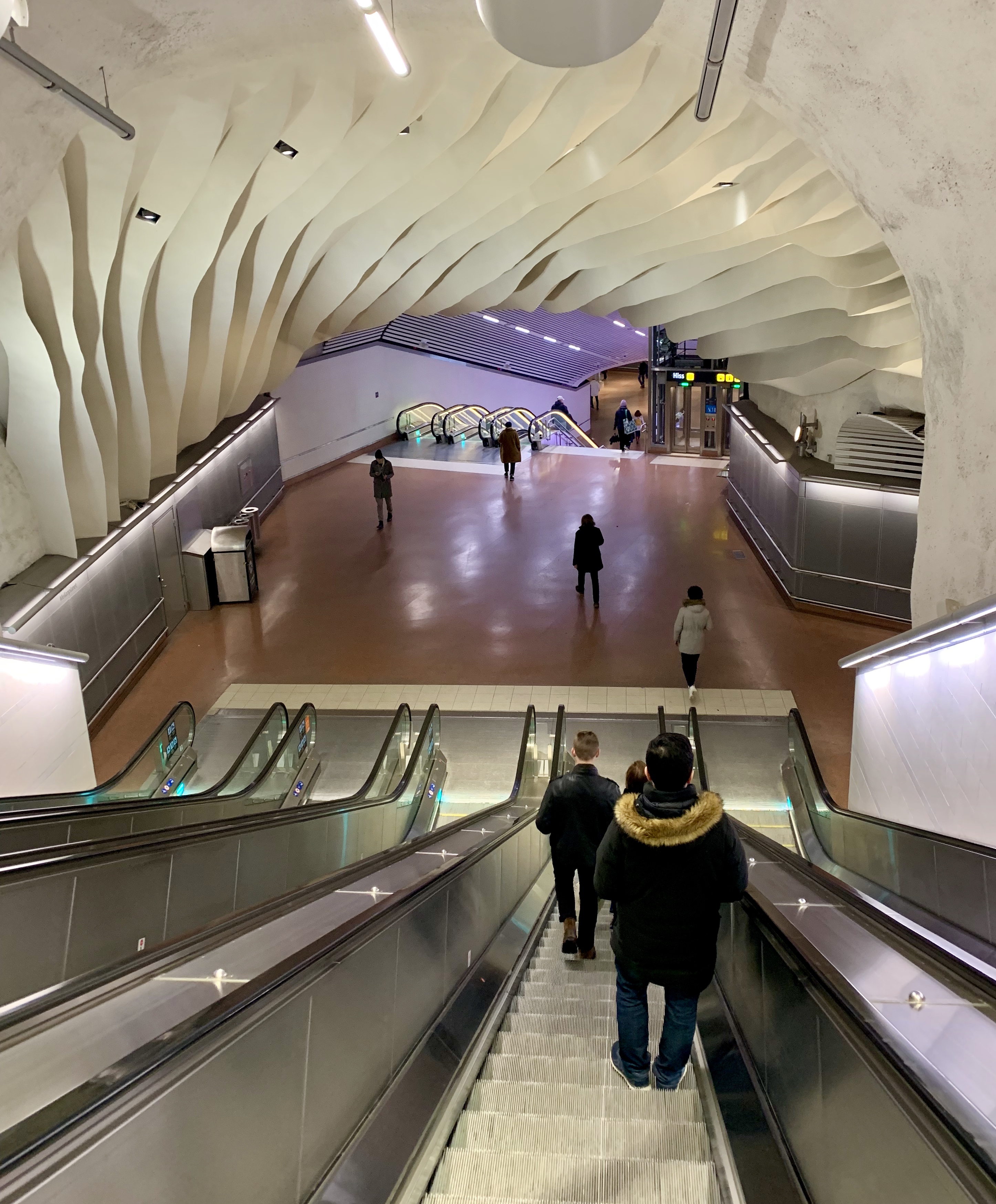
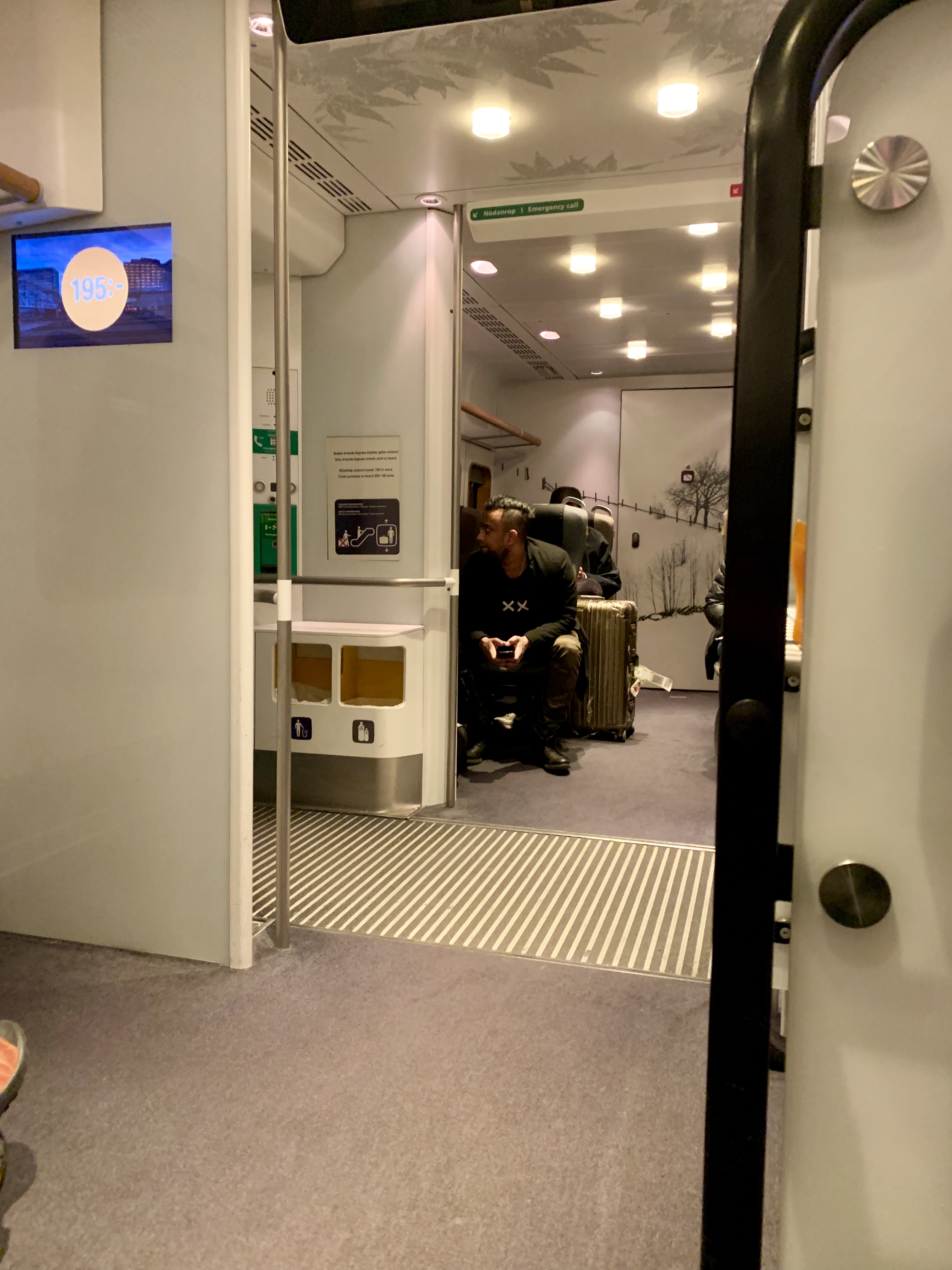
Not surprisingly, it’s extremely easy to get around the entire Stockholm area using solely public transit. From Arlanda Airport, the city center can be reached in several ways, but a cheaper and efficient way (also most central to the hostel) is to take the SL commuter train (#40) from your Terminal to the Stockholm City station for ~$17. The trip takes 45 minutes. Within the city, choose between bus, the Metro, commuter trains, light rail and trams. If you plan to make good use of the transit, the easiest thing to do is buy a reloadable SL Access card at any of the Metro or train stations, which gives you access to the 32 kr fare (~$3.44). I chose to move about on foot mostly, and found the city well-connected (as it’s made up of 14 islands), easy to navigate, and safe at night. On my early morning return journey to Arlanda Airport, I opted to take the Arlanda Express, which is slightly more expensive than the commuter line if you don’t qualify for a discount ticket, but it runs when the commuter line does not, and takes only 20 minutes. These tickets can be purchased online in advance.
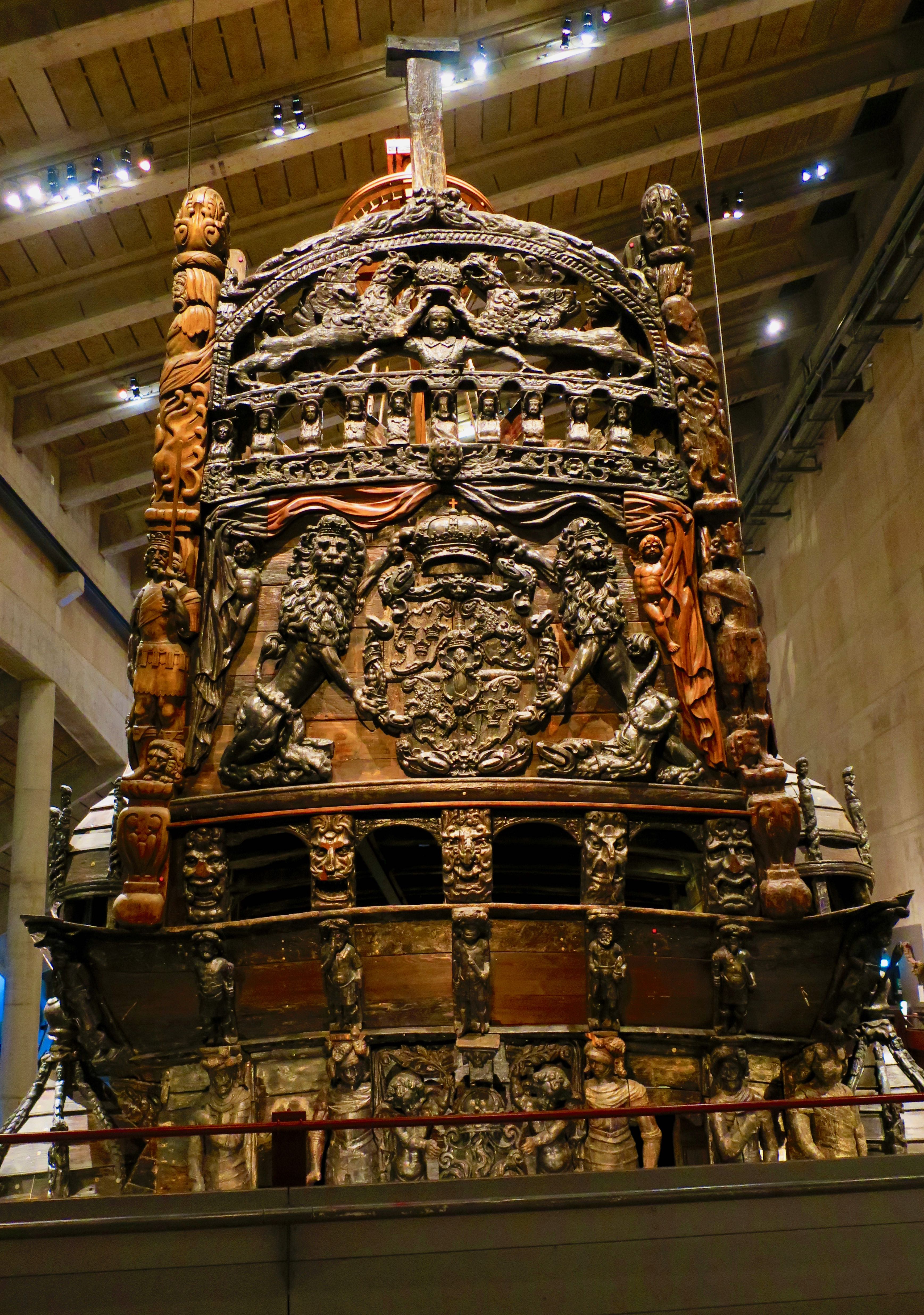

Vasa Museum: The Vasa Museum (Vasamuseet) is consistently featured as a top-rated activity in Stockholm, and for good reason. The museum features a sunken 1628 warship (rescued from Stockholm’s harbor relatively recently in 1961) that is 98% original. The craftsmanship and enormity of the ship, coming in at 900 tonnes, is simply fascinating. There are free guided tours throughout the day, along with an online audio tour. The exhibits around the Vasa are equally as interesting. Admission runs 150 kr ($~16), and there is a nice restaurant within, for lunch or a fika. Notable destinations located close to the Vasa Museum include the Nordic Museum (Nordiska museet), the ABBA museum, Gröna Lund (amusement park open in the summer), and Skansen (open-air museum/market meets zoo).
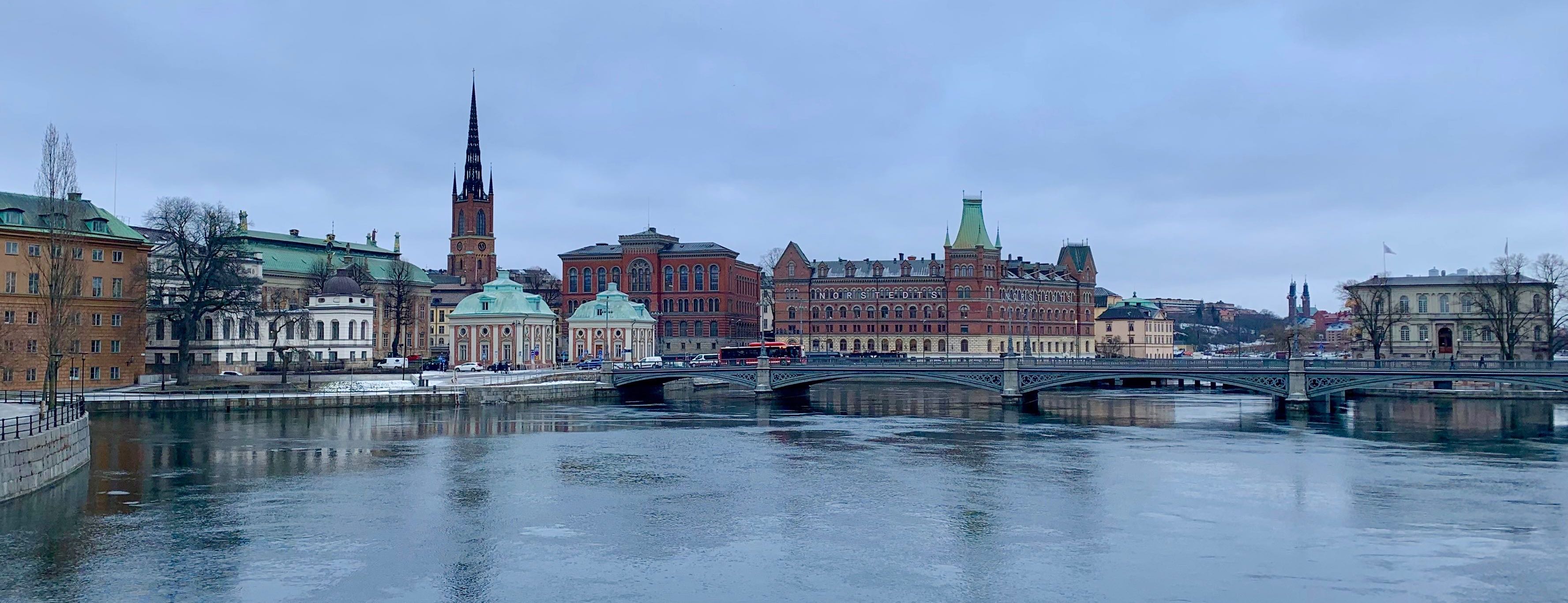
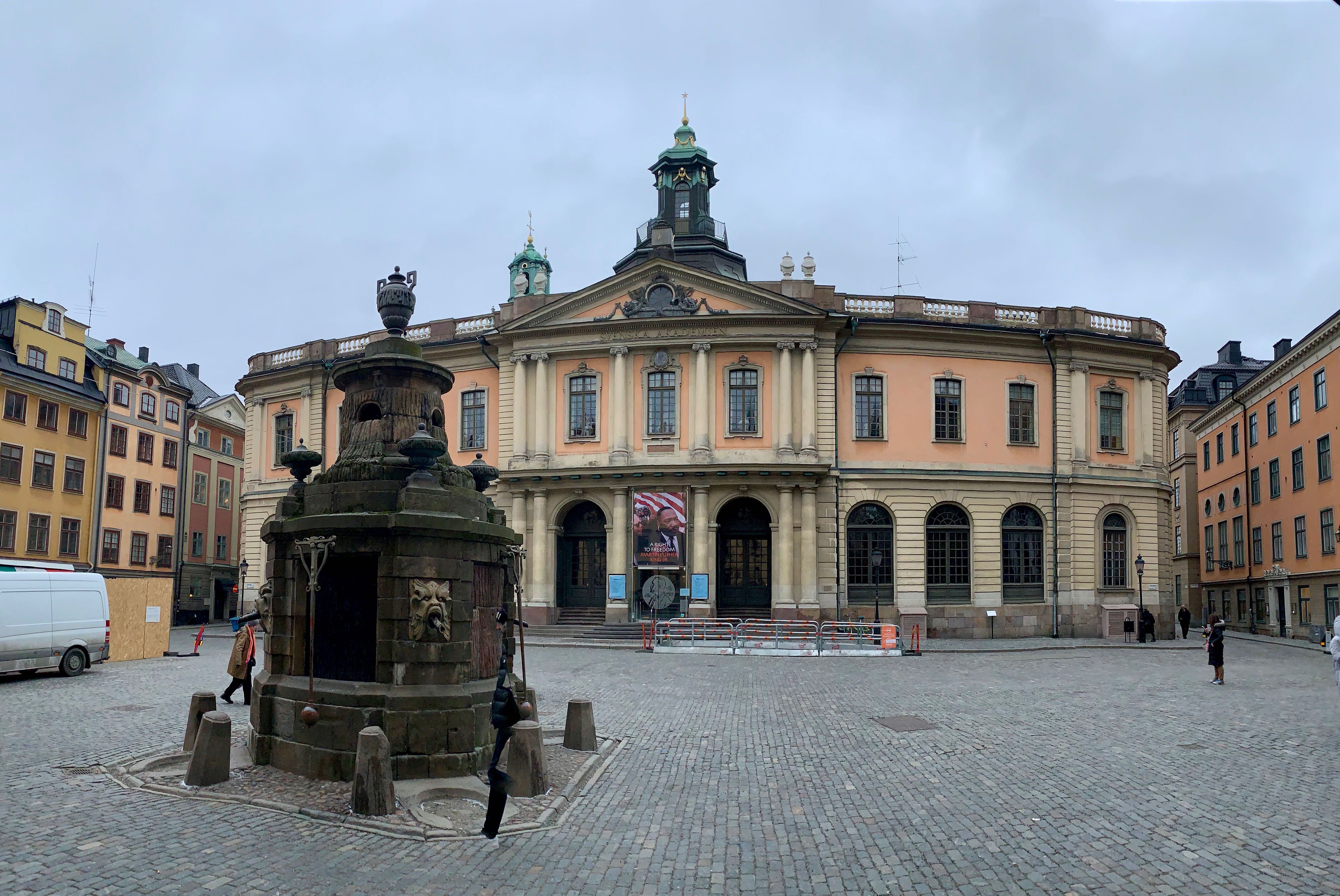
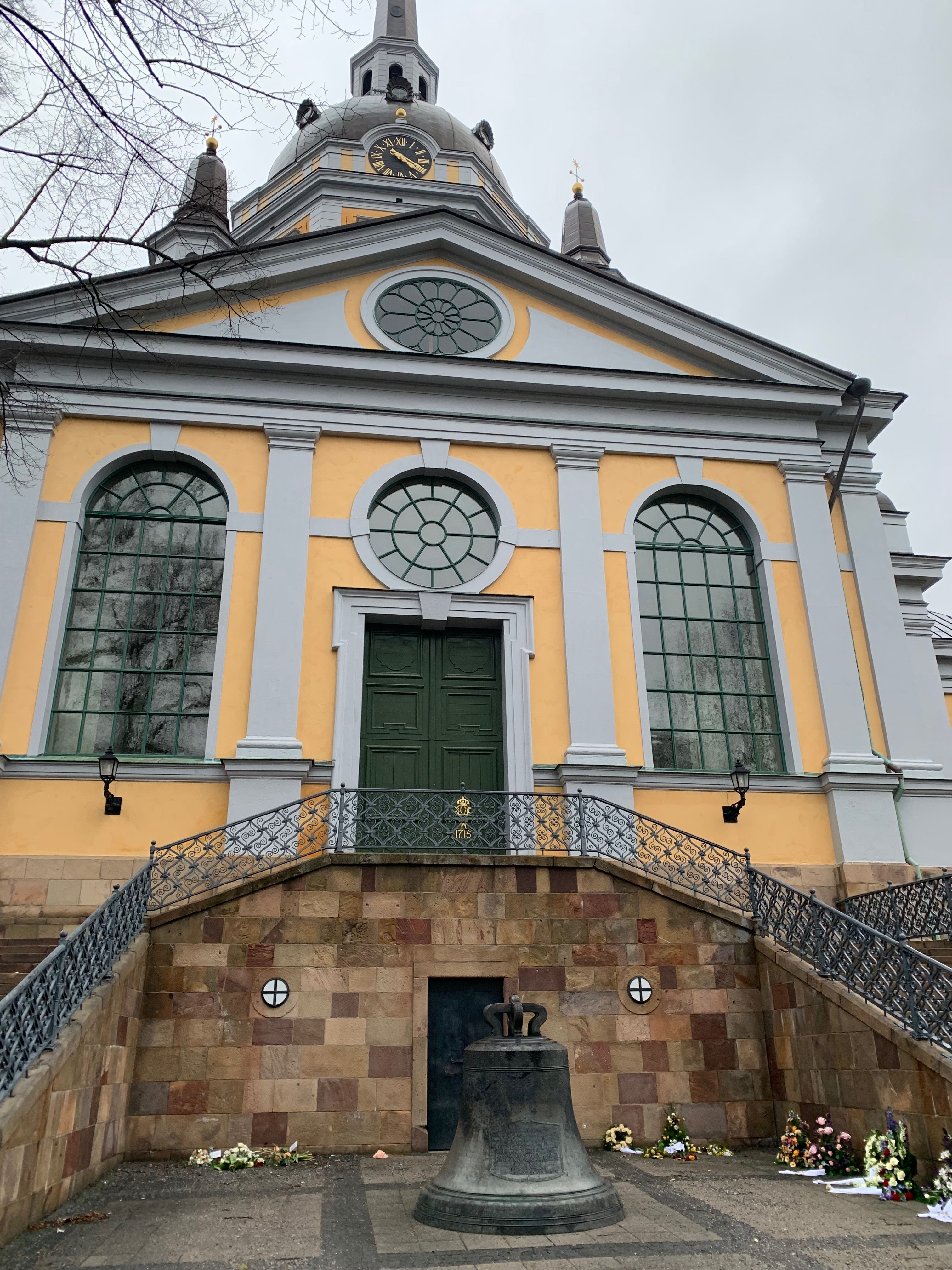
Walking Tours: There are two free walking tour companies that operate throughout the city: Free Tour Stockholm and Free Walking Tour Stockholm. I can vouch for the Södermalm tour with the former company and the Gamla Stan tour with the latter company. While the tours are free, it’s customary to tip your guide if you enjoyed the tour; this is their salary. The walking tours are great for meeting other travelers, learning a bit of the history, and getting the inside scoop on the best food and attractions in the area.
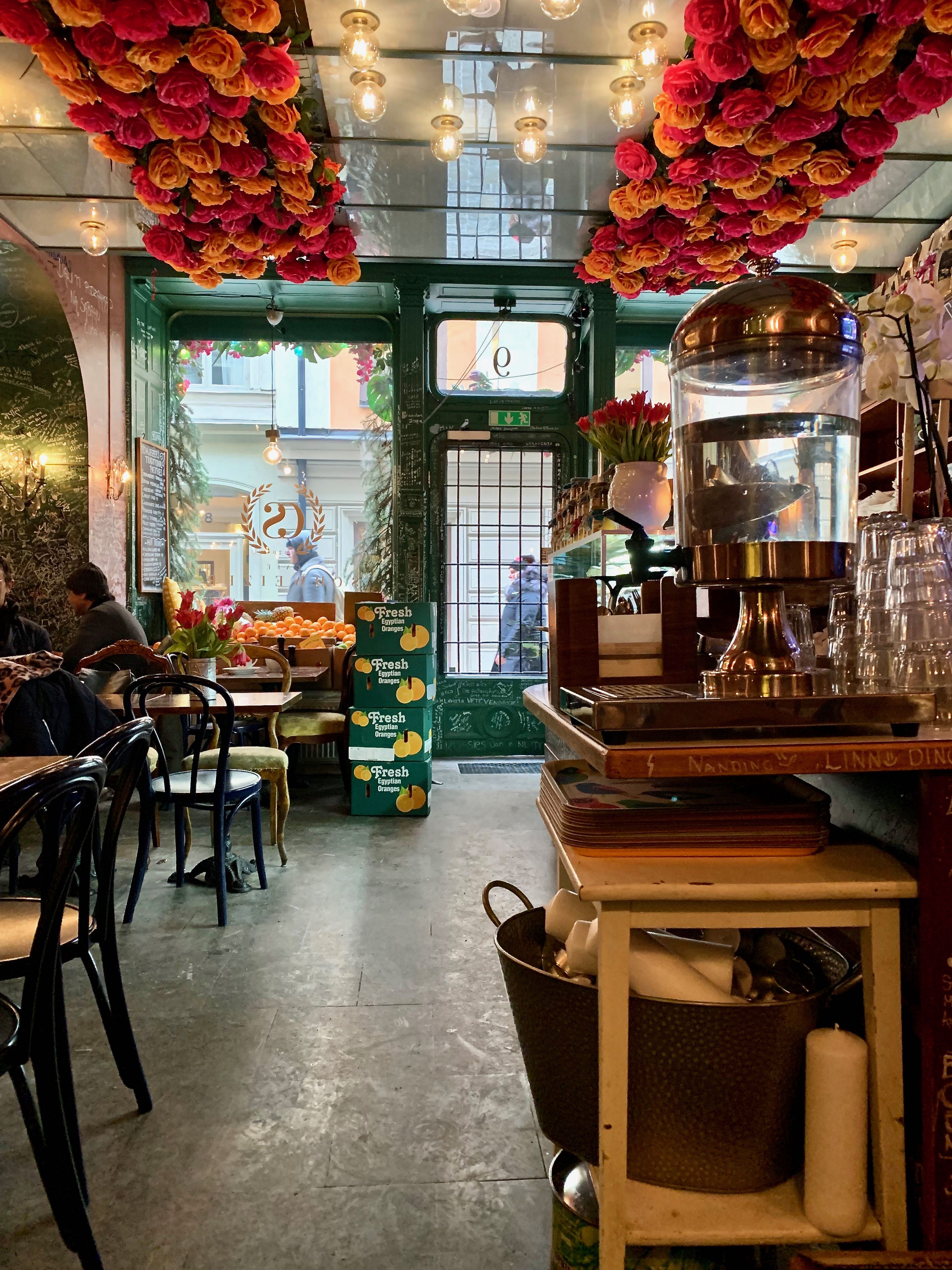
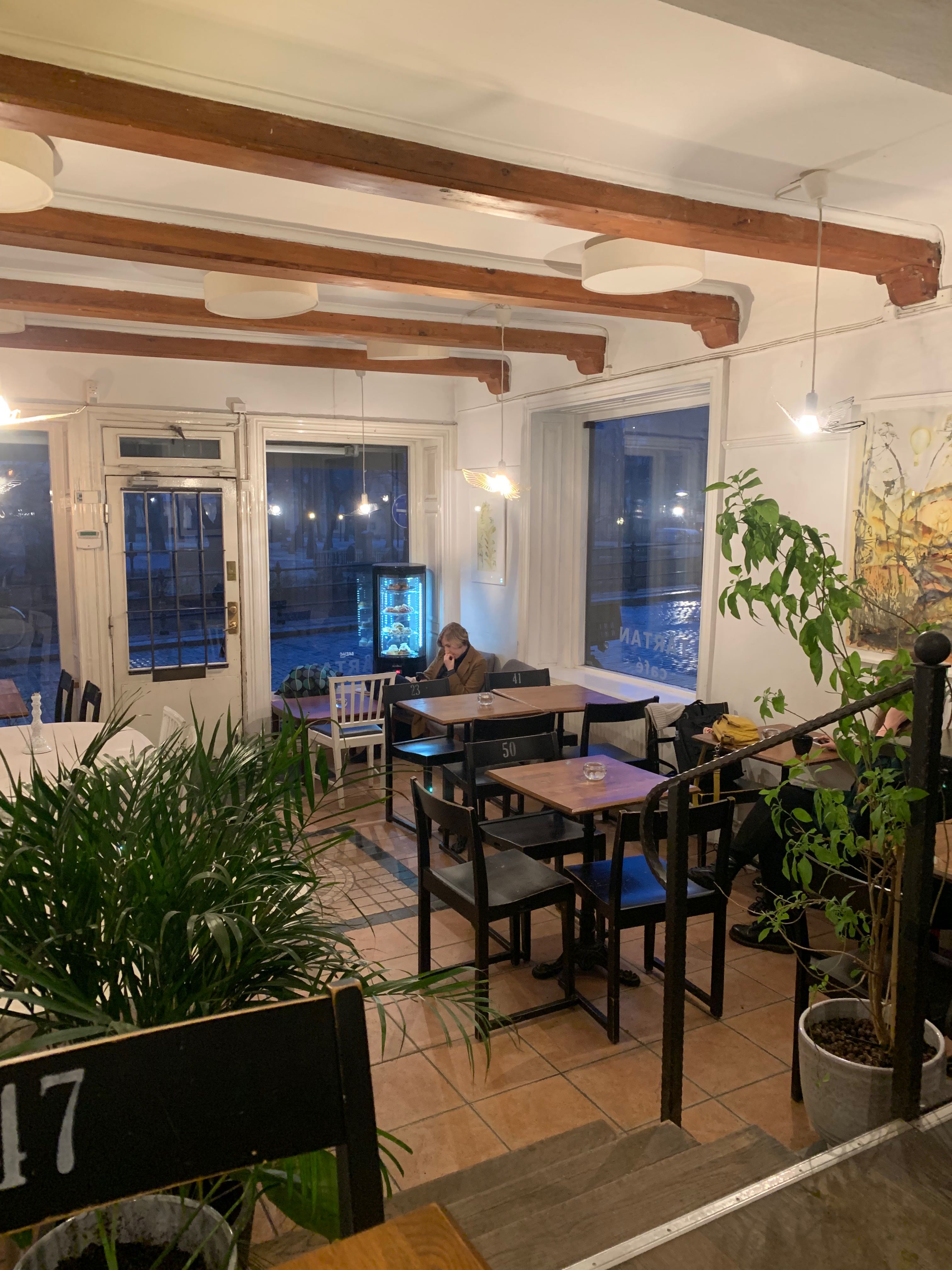
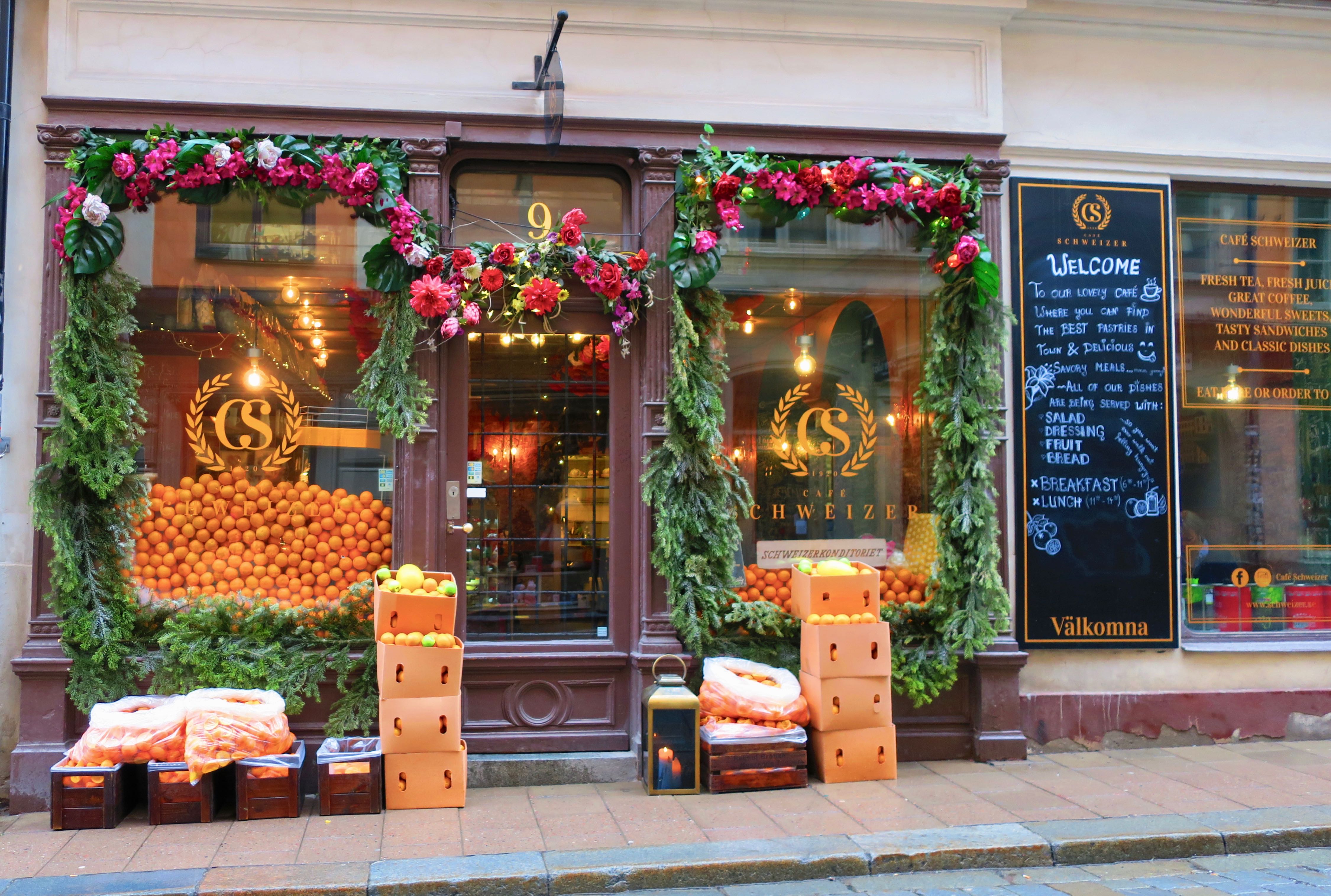
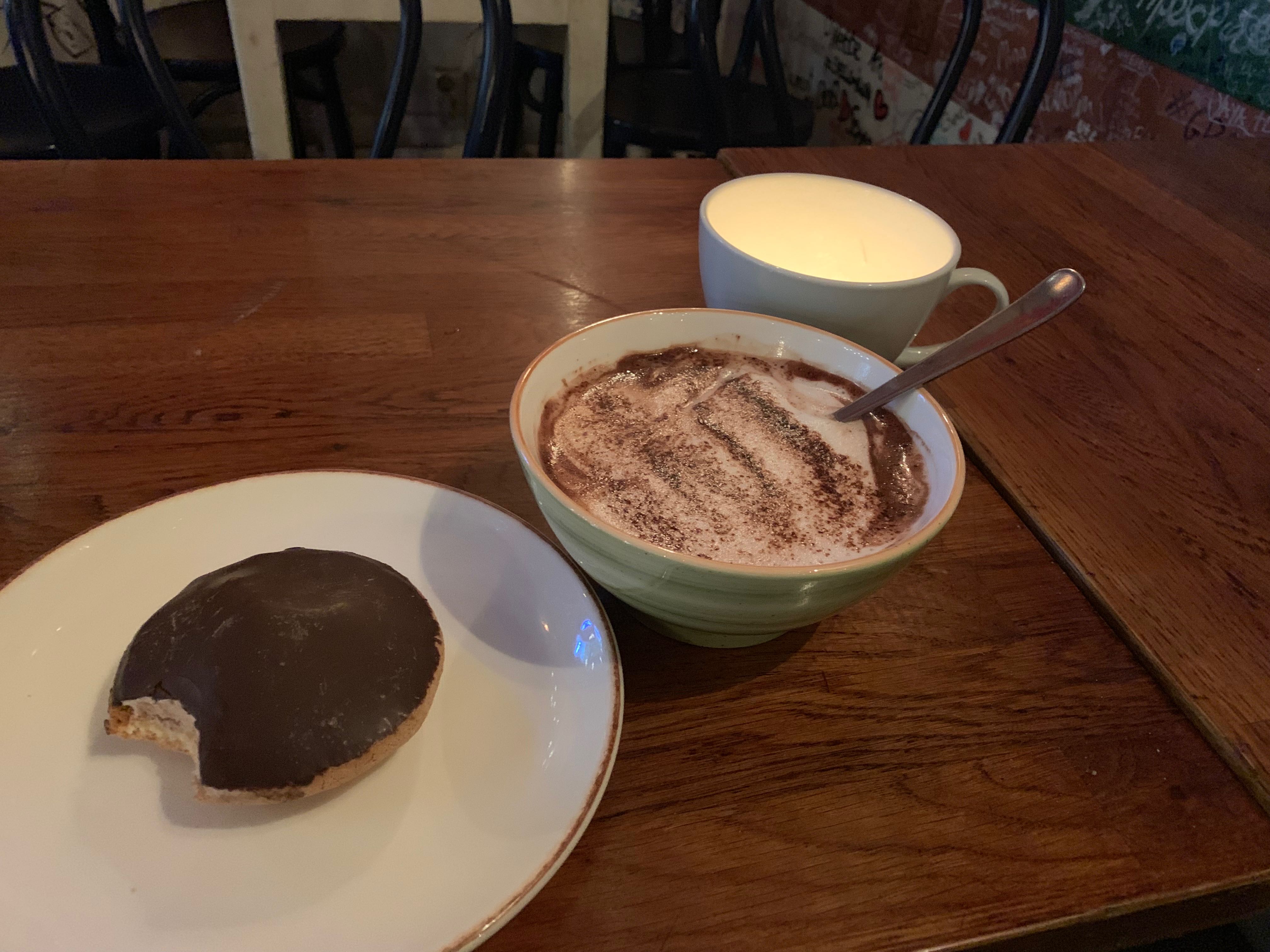
Fika: The Swedes are extremely proud of their culture, and fika plays a large role in it. Fika translates roughly to, taking a coffee/tea + pastry break, and perhaps chatting with a friend too. It’s charmingly used as both a noun and a verb. Fika is a great opportunity to justify eating your way through the city, and guising it as an attempt to immerse yourself in the culture. See below for the standout pastries.
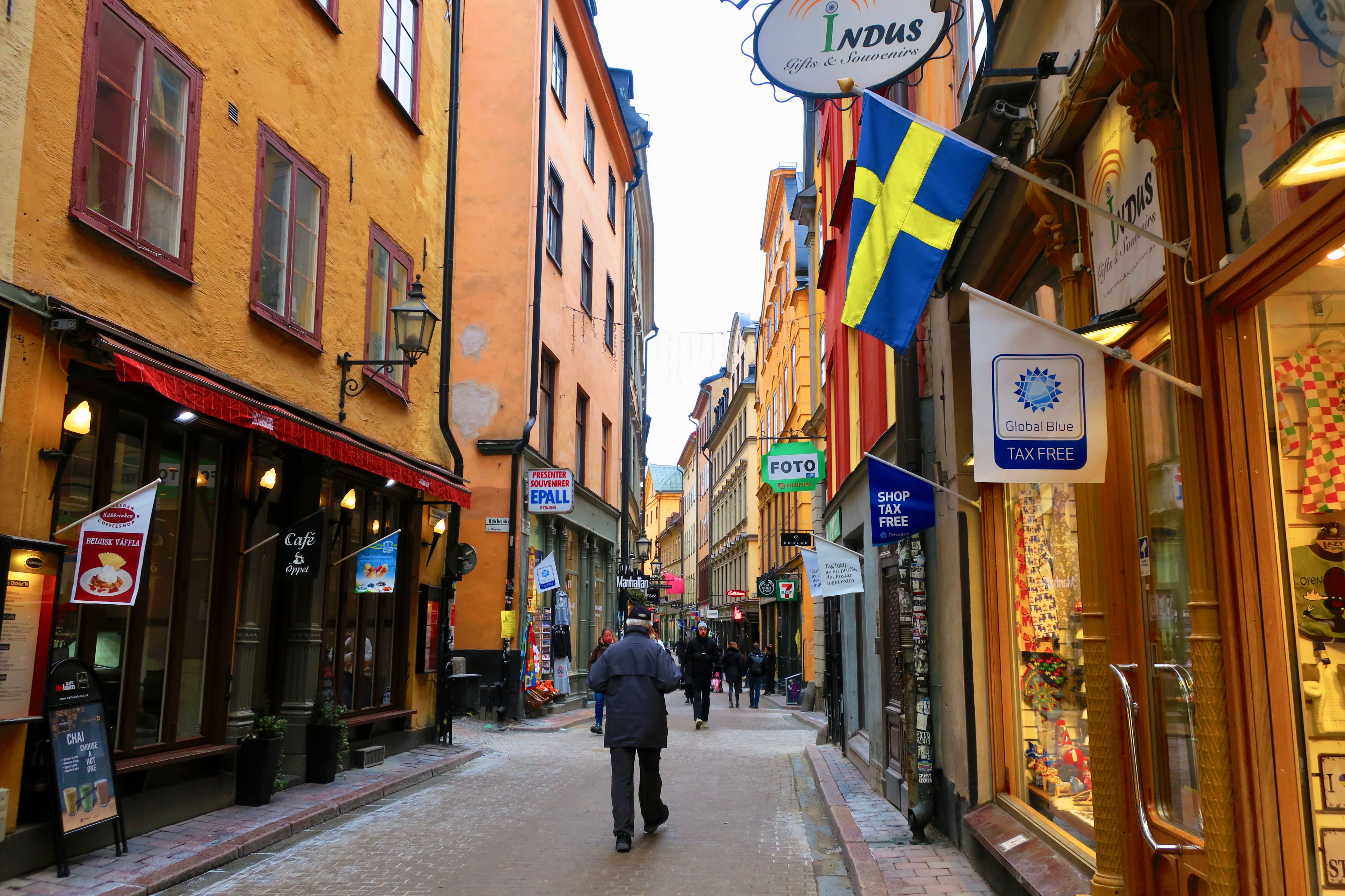
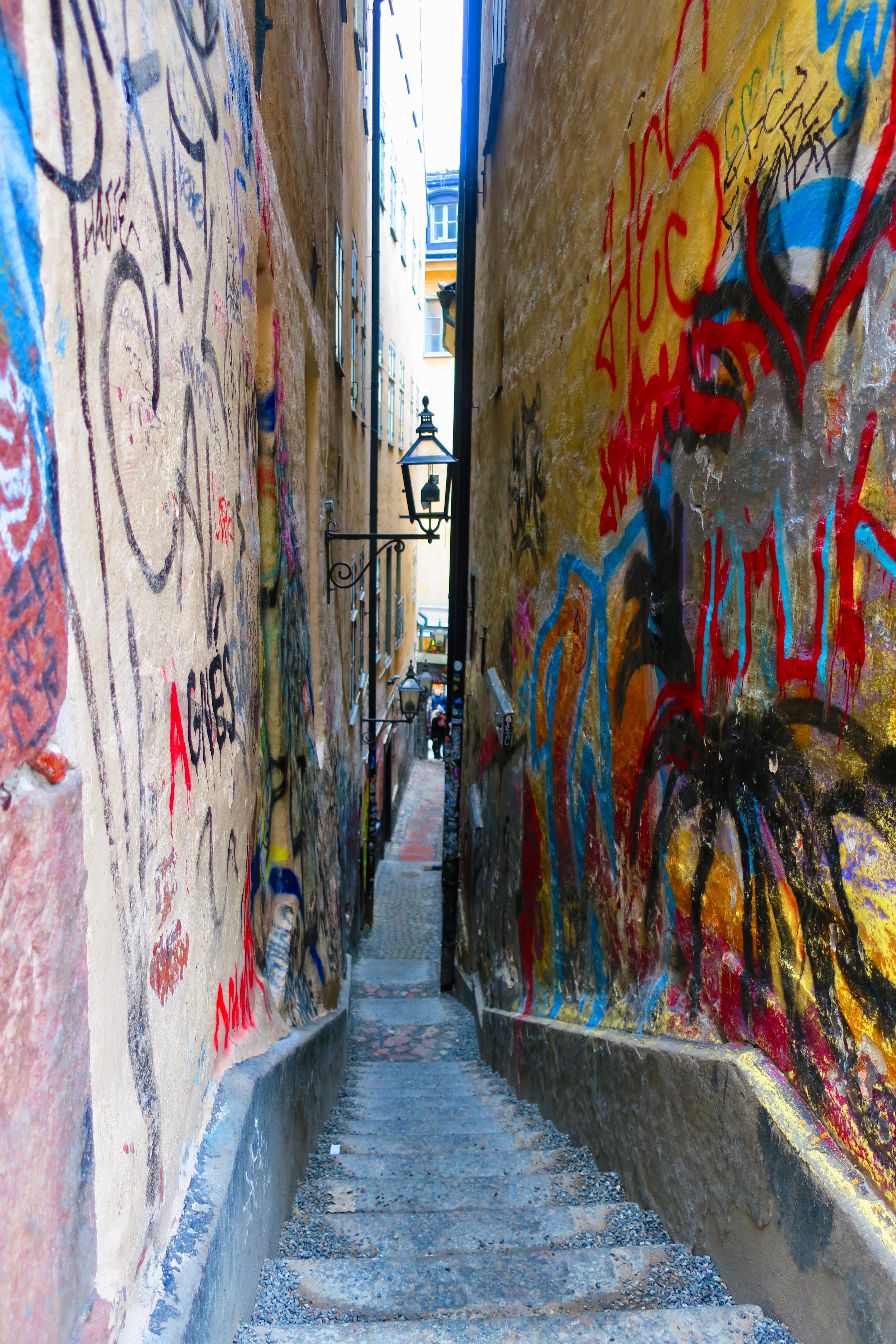
Gamla Stan: Whether done by walking tour or independently, one should surely visit Gamla Stan, the Old Town where Stockholm began as a city in 1252. Västerlånggatan (West Long Street) and Österlånggatan (East Long Street) are the main streets that run through the district and house most of the shopping and dining. Österlånggatan is slightly less touristy and arguably more appealing as a result. Stortorget is the main square which houses the Nobel Museum; nearby you can also find Mårten Trotzigs gränd, the narrowest alley in the area at 90 cm wide, the Royal Palace, and the Stockholm Cathedral.
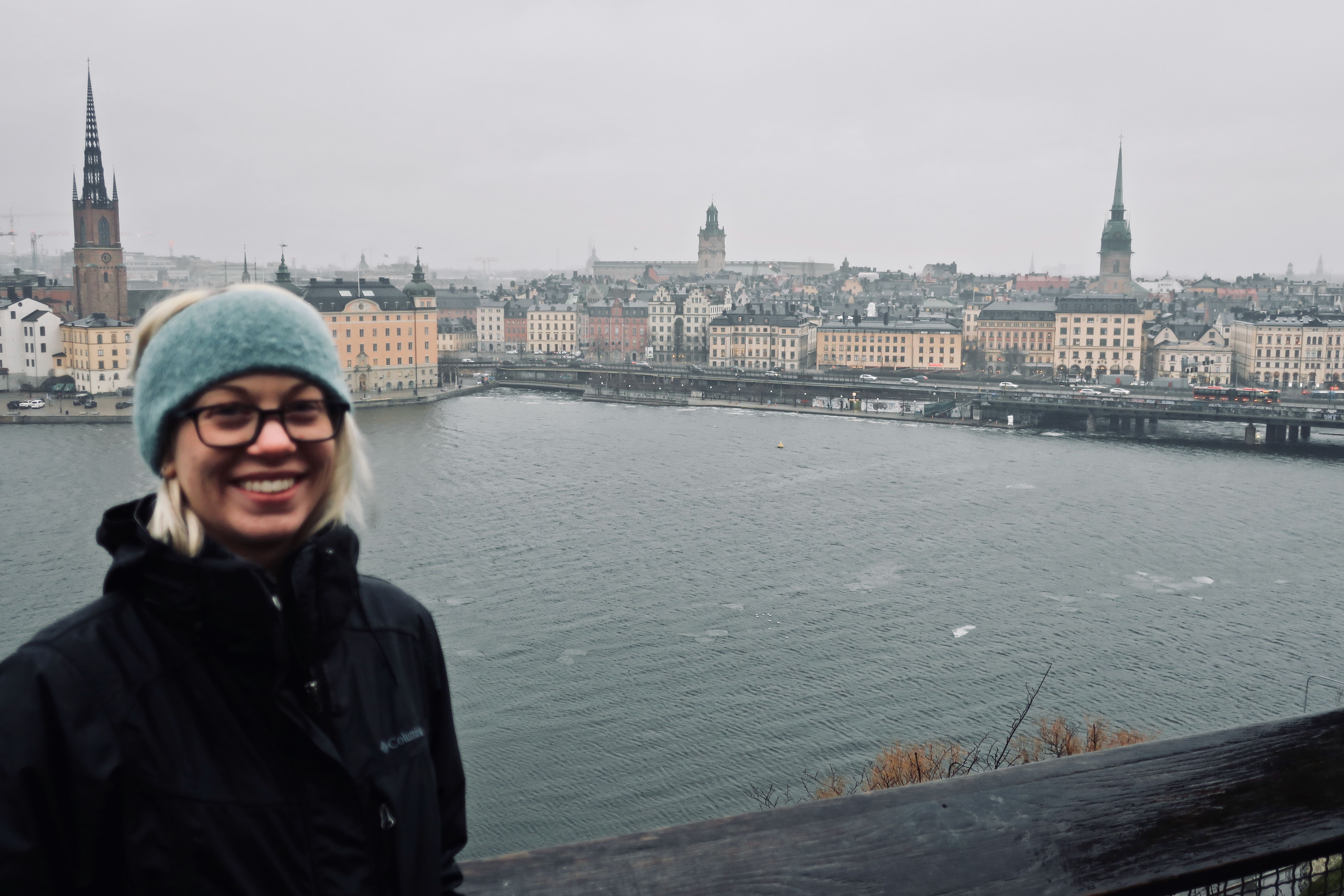
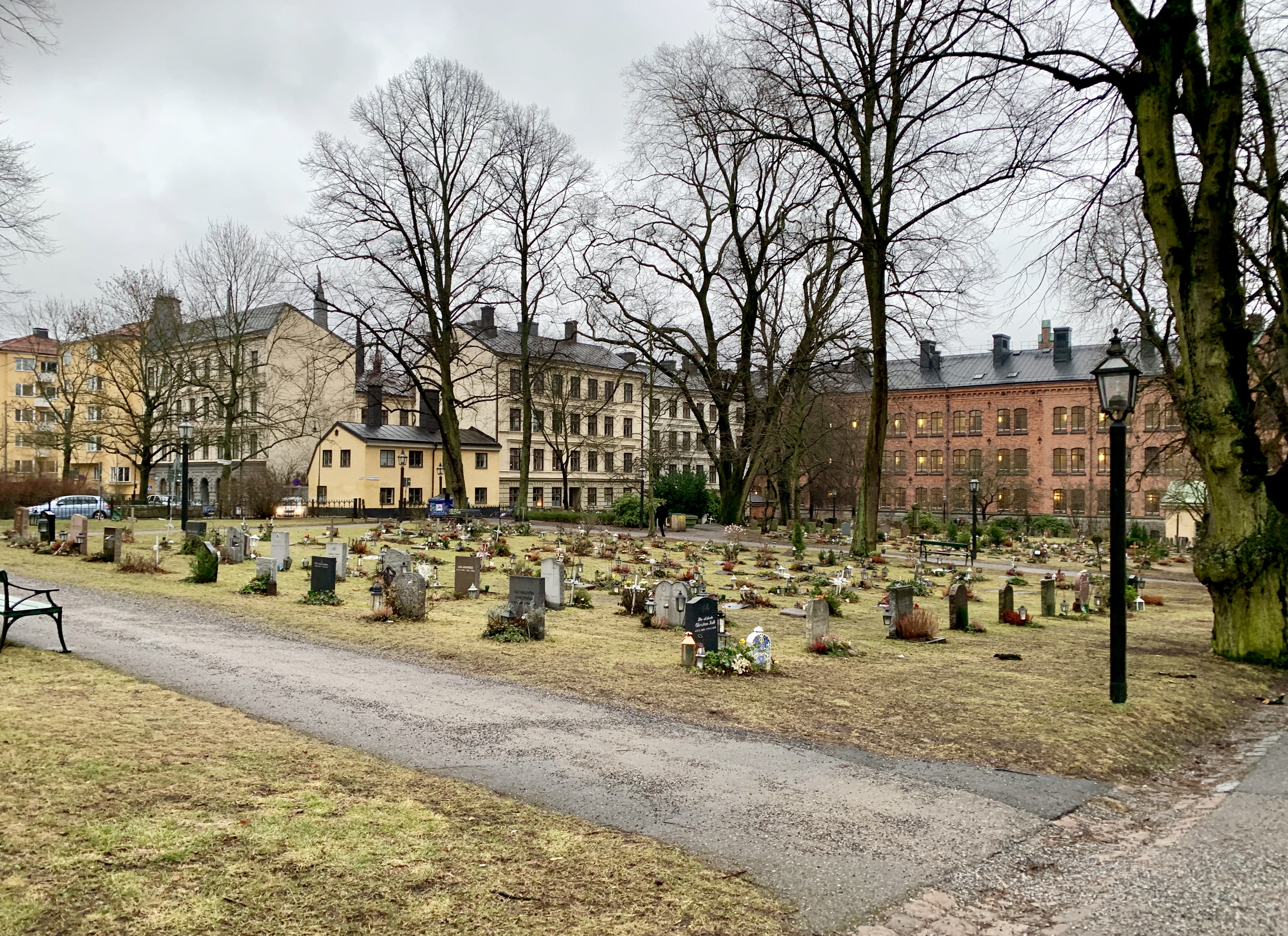
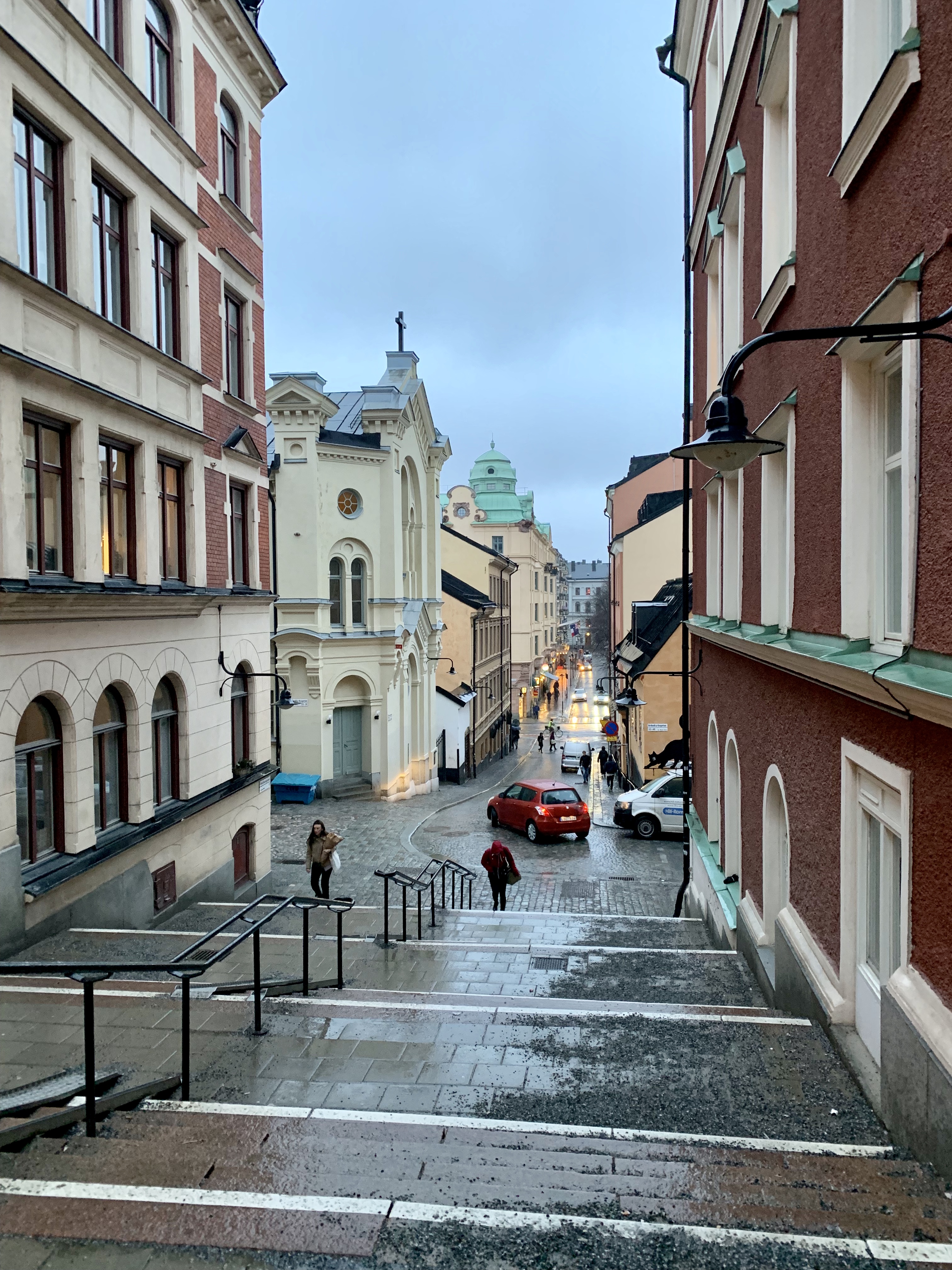
Södermalm: Dubbed the hipster island, Söder was one of my favorite locations throughout the city. A popular ‘alternative’ activity enjoyed here is to visit the numerous art galleries in between hitting the trendy food spots and bars. Söder also wins for having the best views of Stockholm, whether that’s by foot or the free observation deck (Katarinahissen).
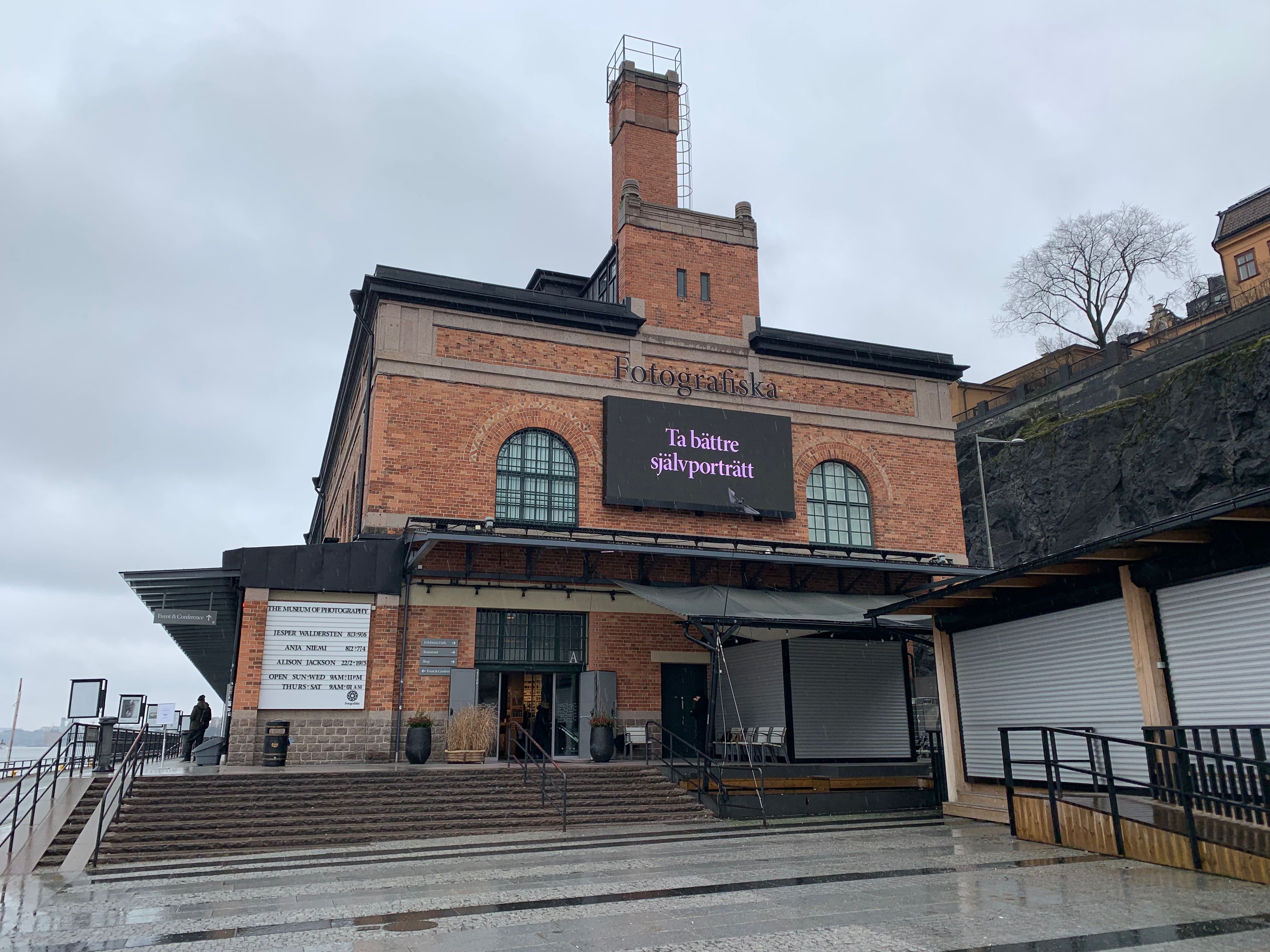
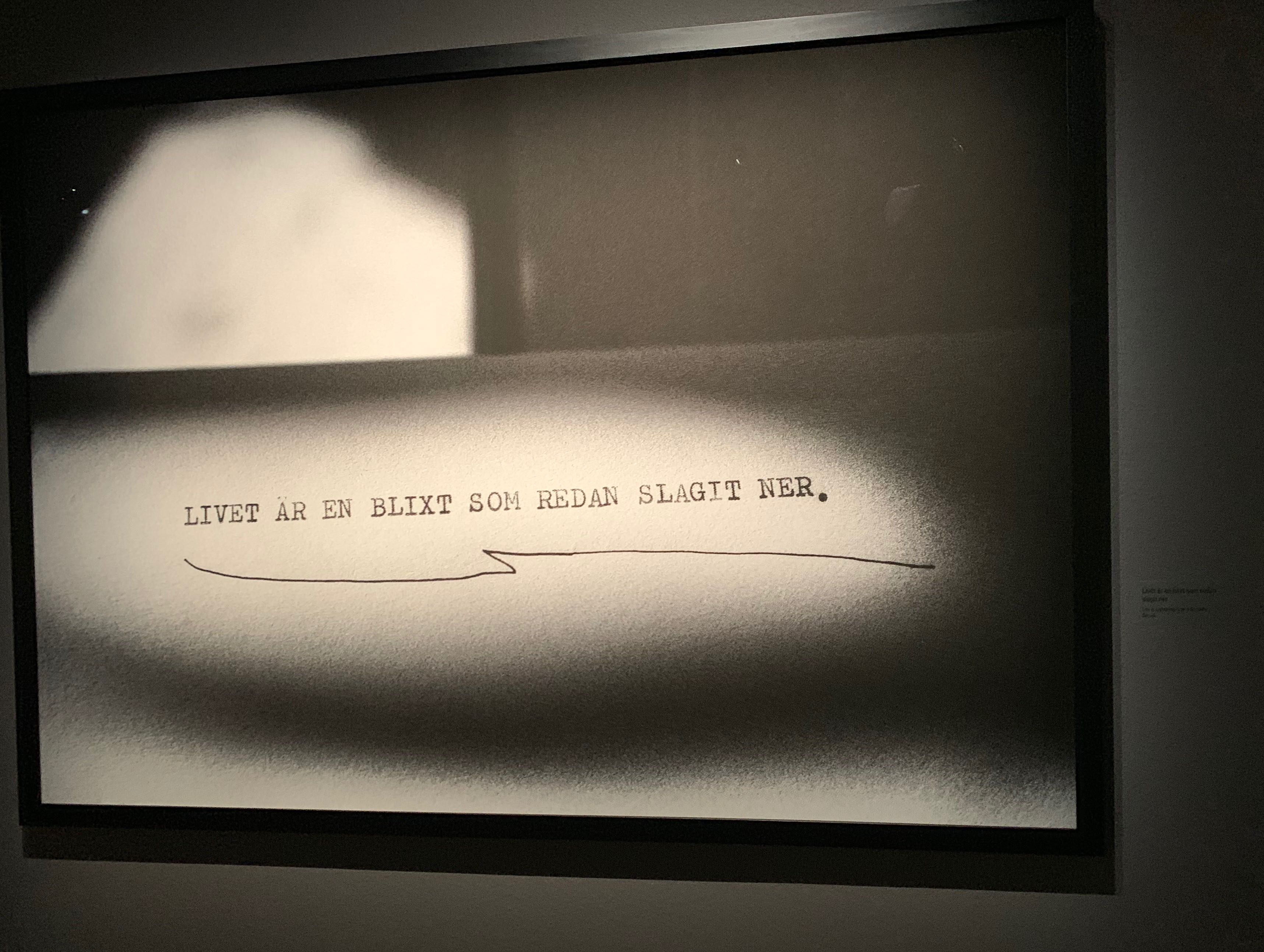
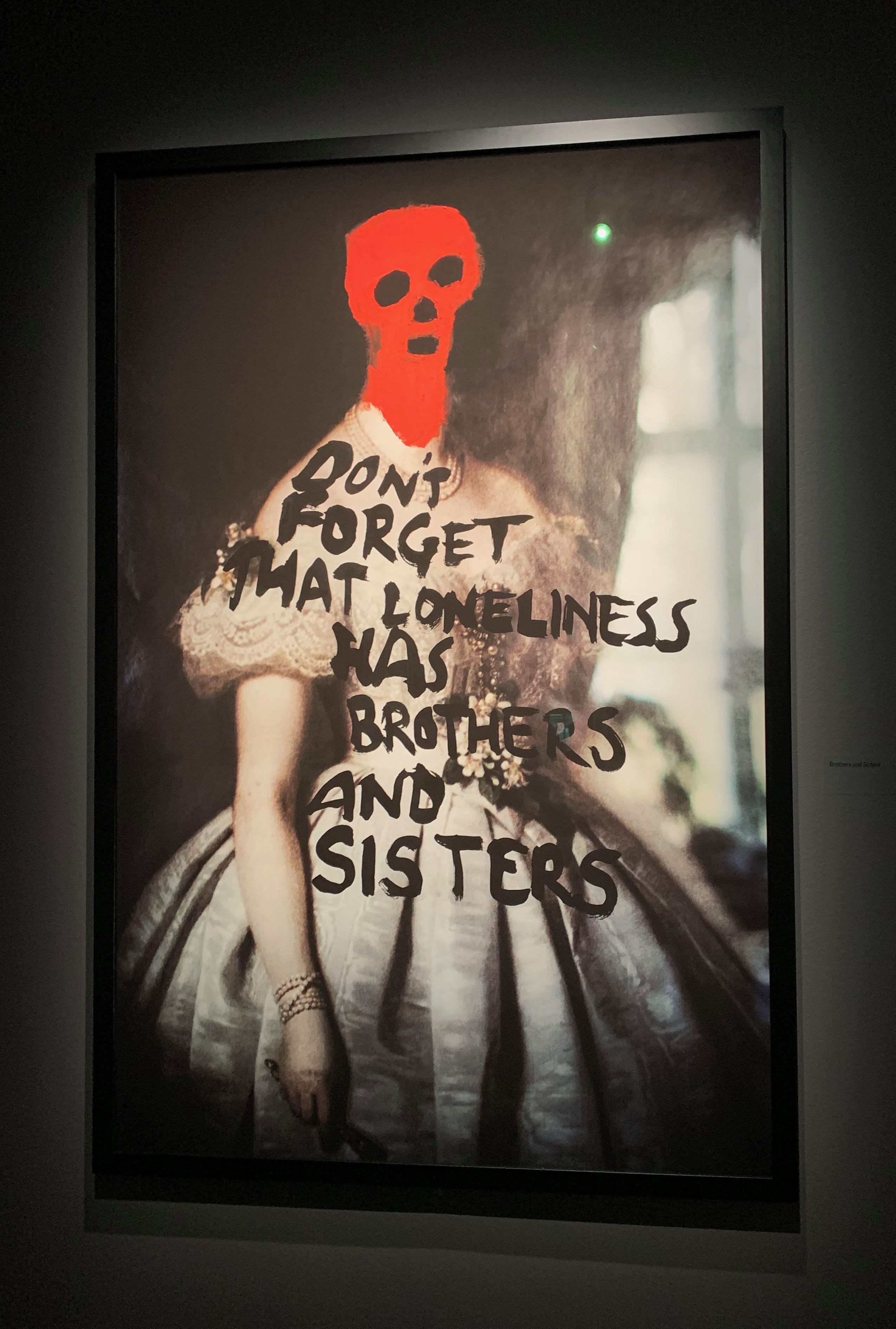
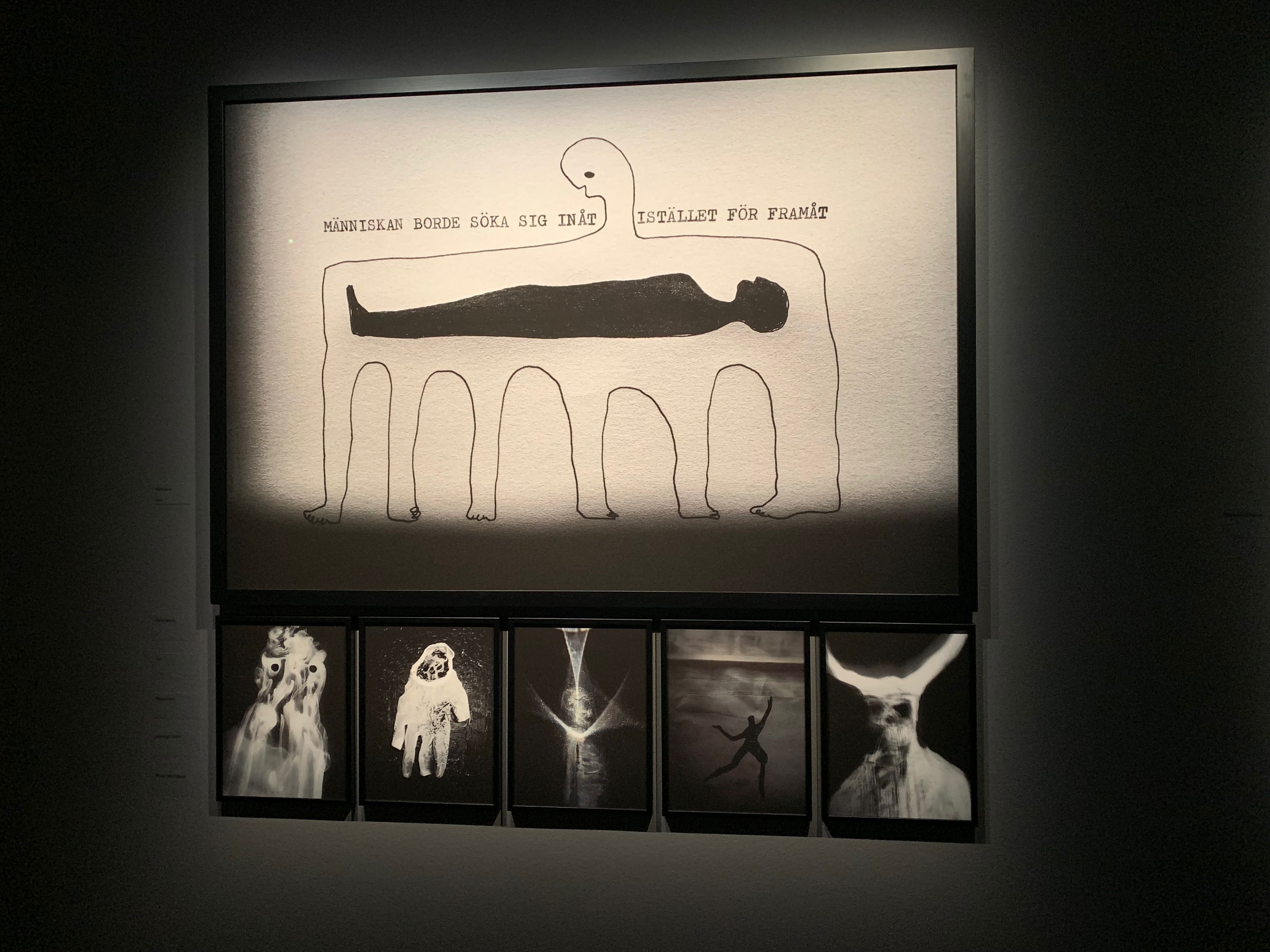
Fotografiska Museet: Another top-rated attraction in the city, and one of my favorites, is the photography museum, located in Söder. Most restaurants, businesses and attractions close quite early in the city, leaving non-locals unsure of what to do in the evenings. The Fotografiska however, is open nearly around the clock, making it a perfect evening option. Admission is 165 kr, or 135 kr (~$15) for a student ticket.


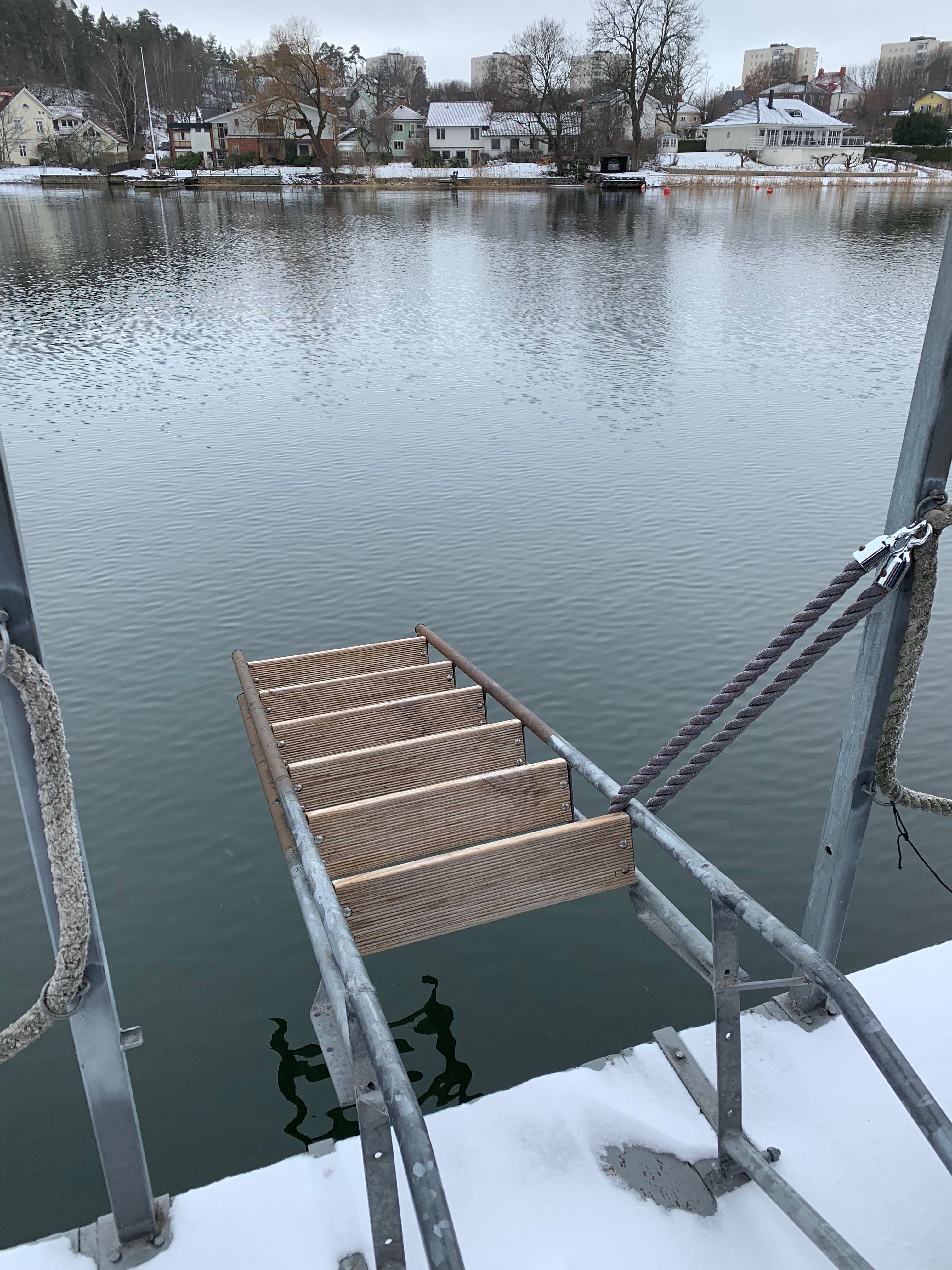
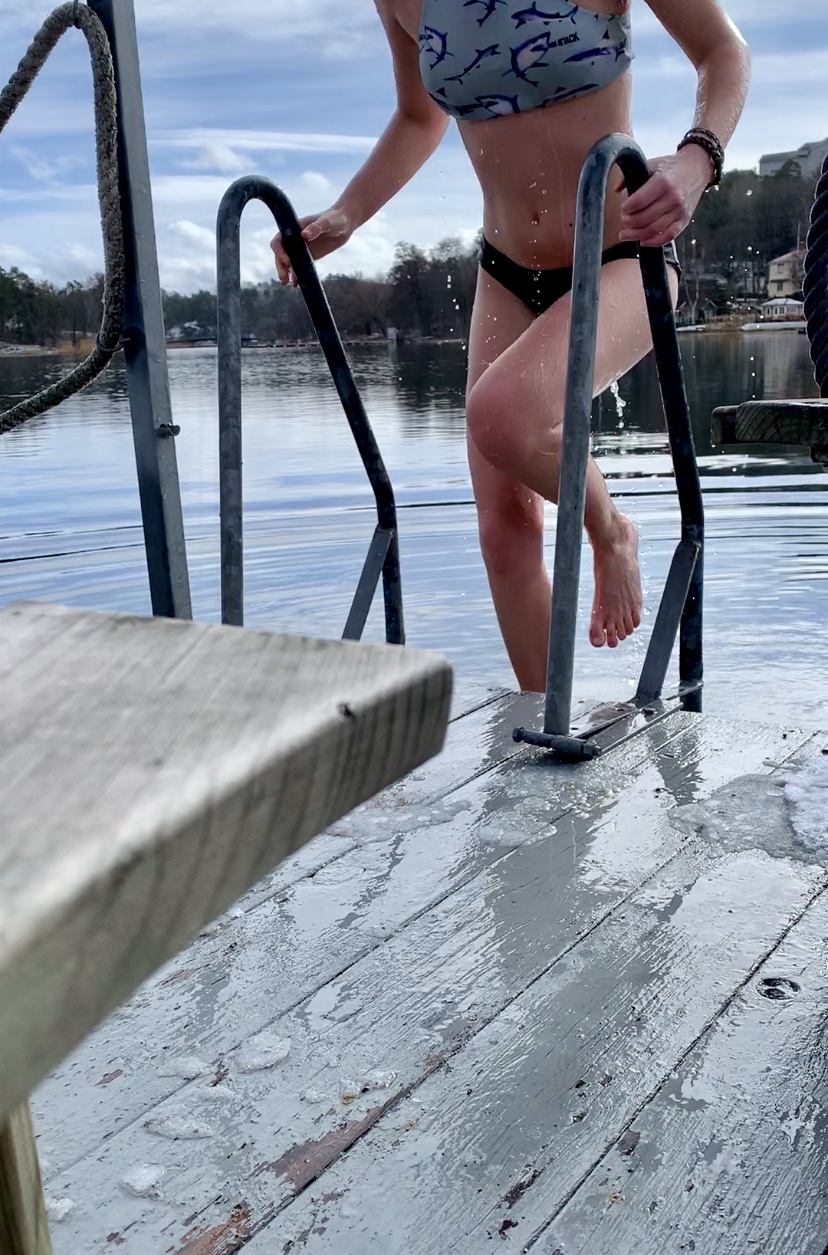
Sauna: There are many many reasons why you should strive to sauna everyday. Namely, to sweat out the pastries, to make friends, and because Sweden is effing cold in the winter. However, the sauna should (properly) be accompanied by quick dips in very cold water to reap the real benefits. The hostel runs a ‘Viking Sauna Tour’ in the winter, which takes you to a private sauna on the Baltic, and let’s you run between sweating in the sauna and jumping in the Baltic. Otherwise, most saunas will have either a cold pool, nearby shower, or bucket to dump on yourself.
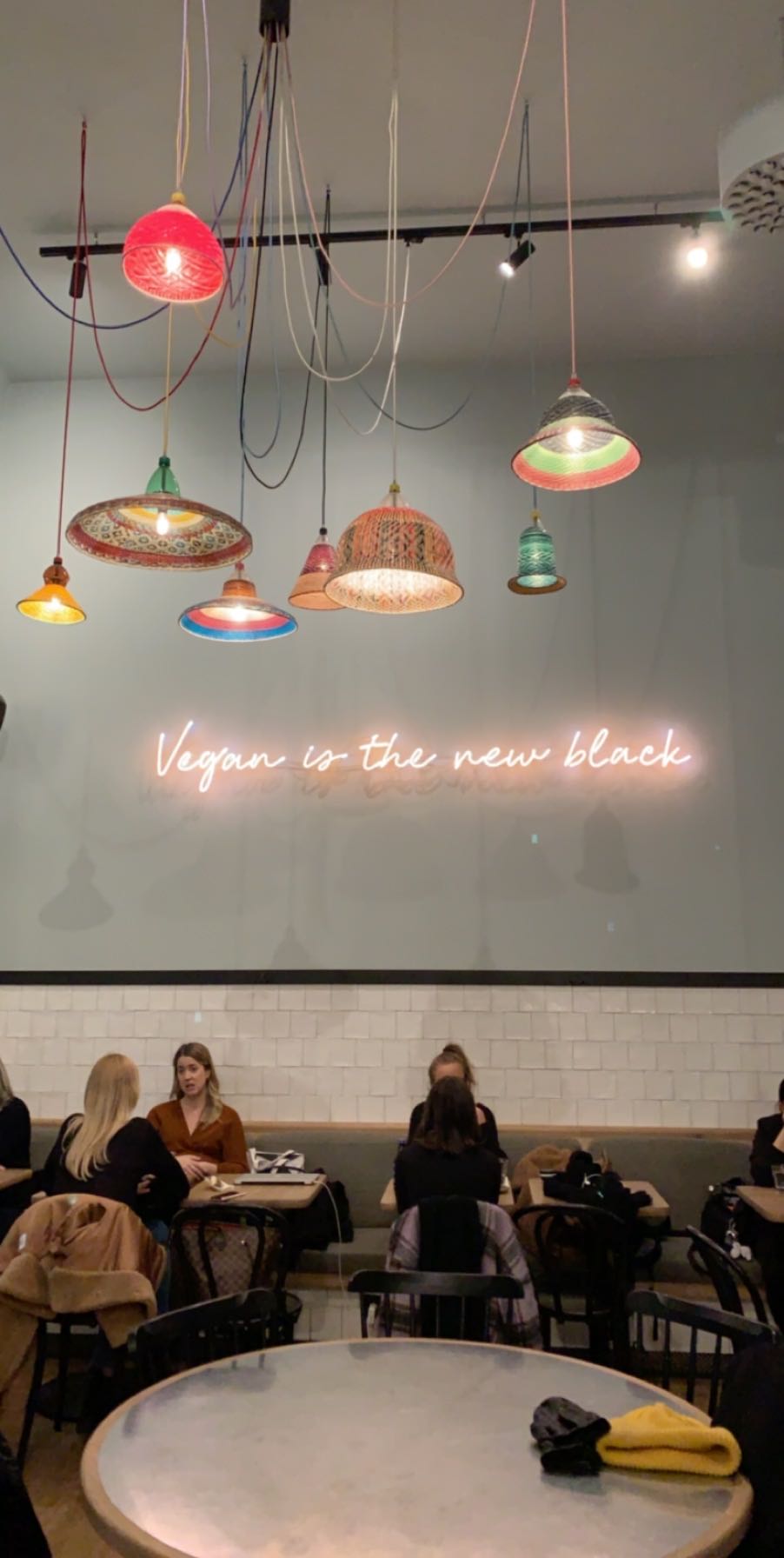
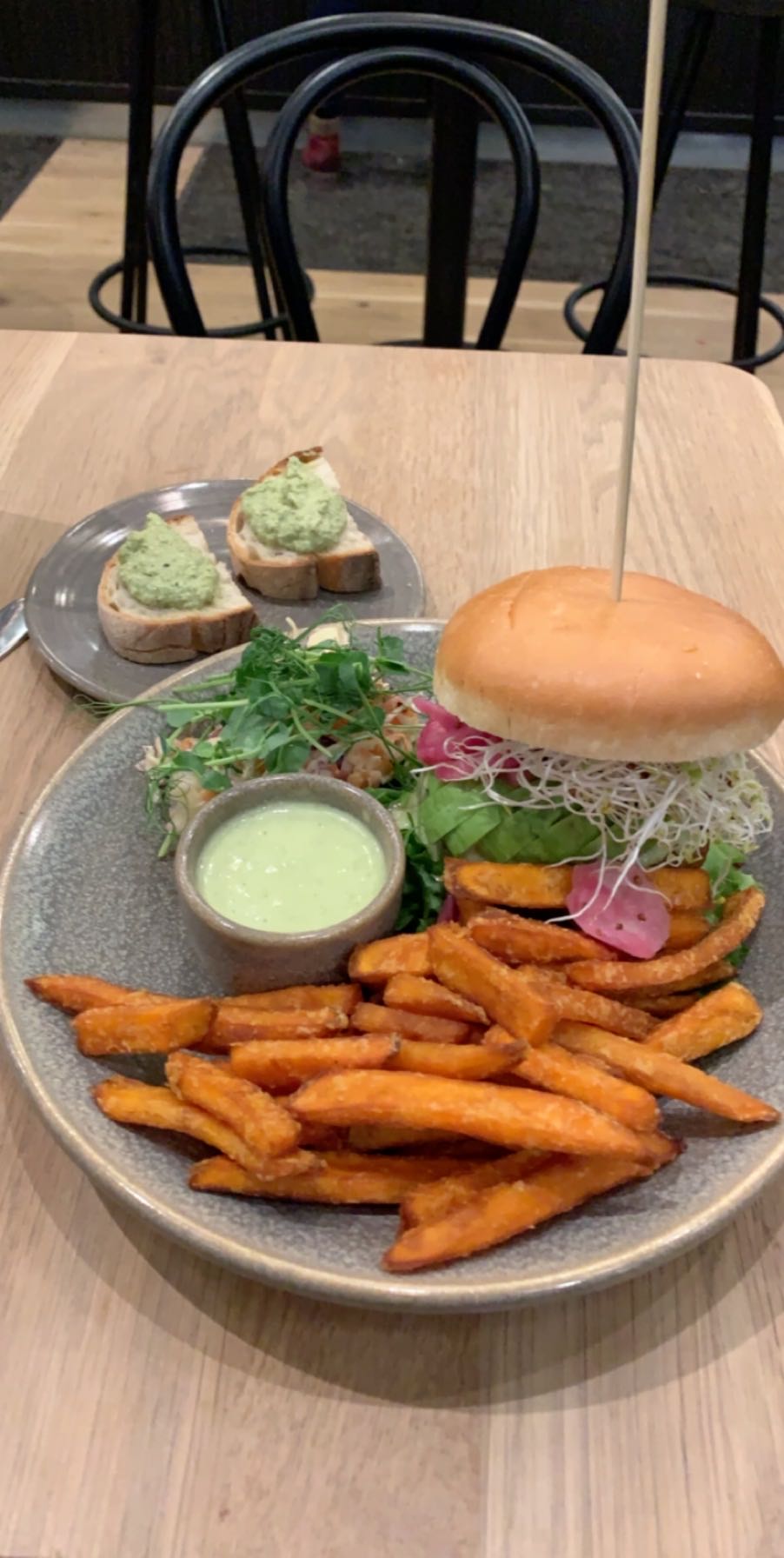
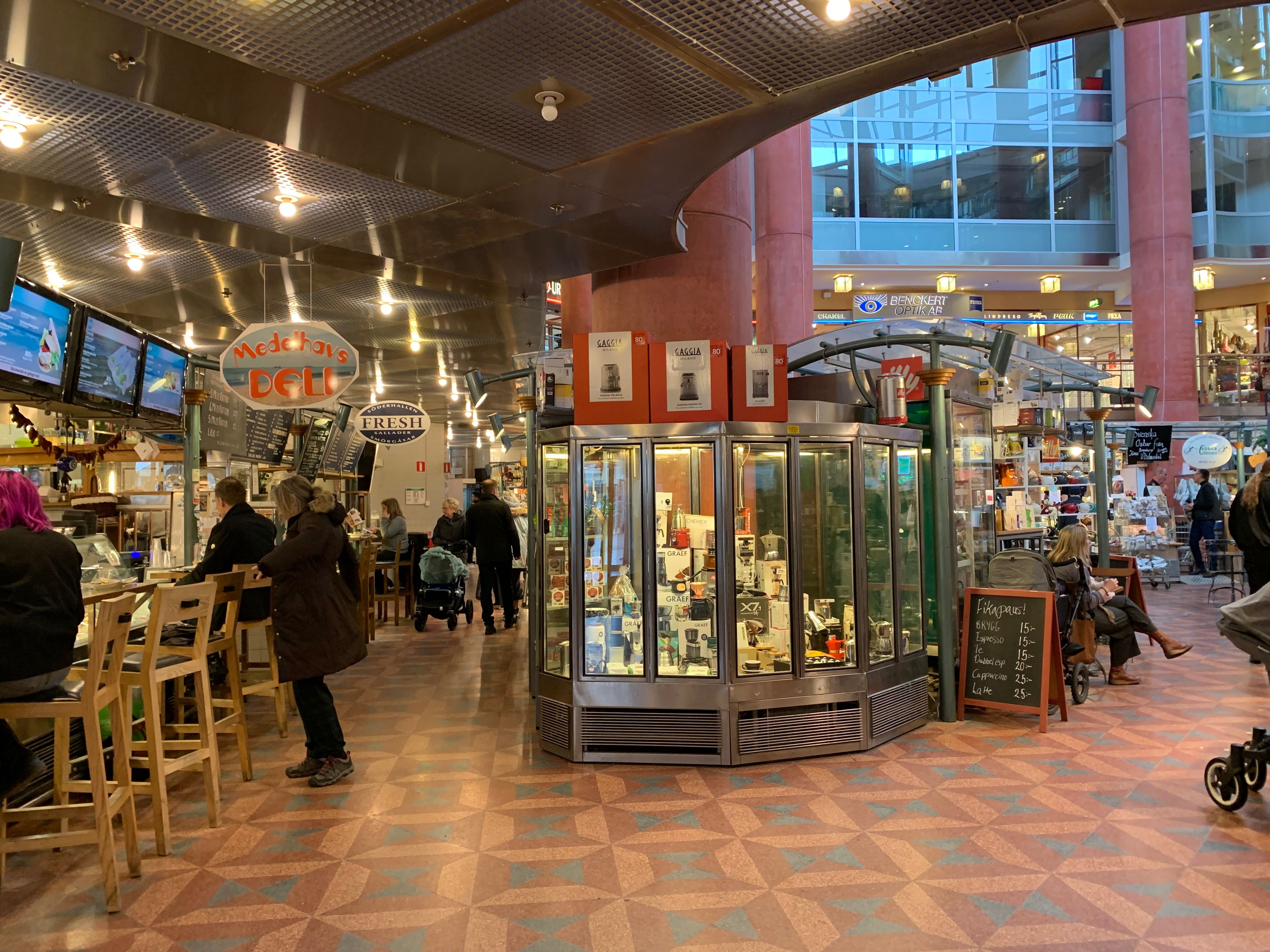
There are so many Swedish staples that deserve to be taste-tested, but only the guidance of a seasoned local will get you the best of the best (the Swedes aren’t so quick to spill their favorite spots). Some of the recommendations I received include:
- Swedish meatballs (with lingonberry) at Meatballs for the People
- Fried herring at Nystekt Stromming
- All pastries anywhere, but in particular…
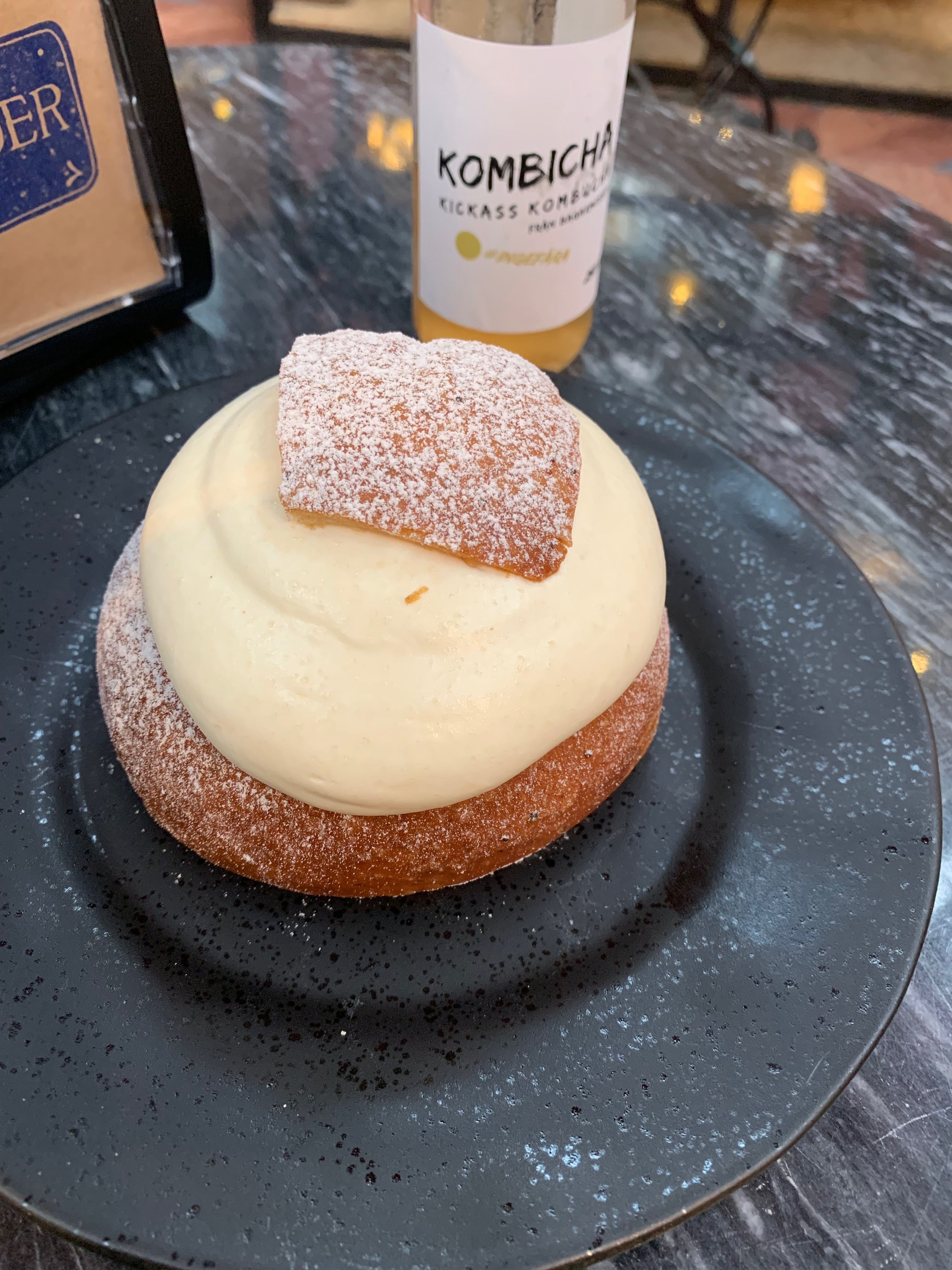
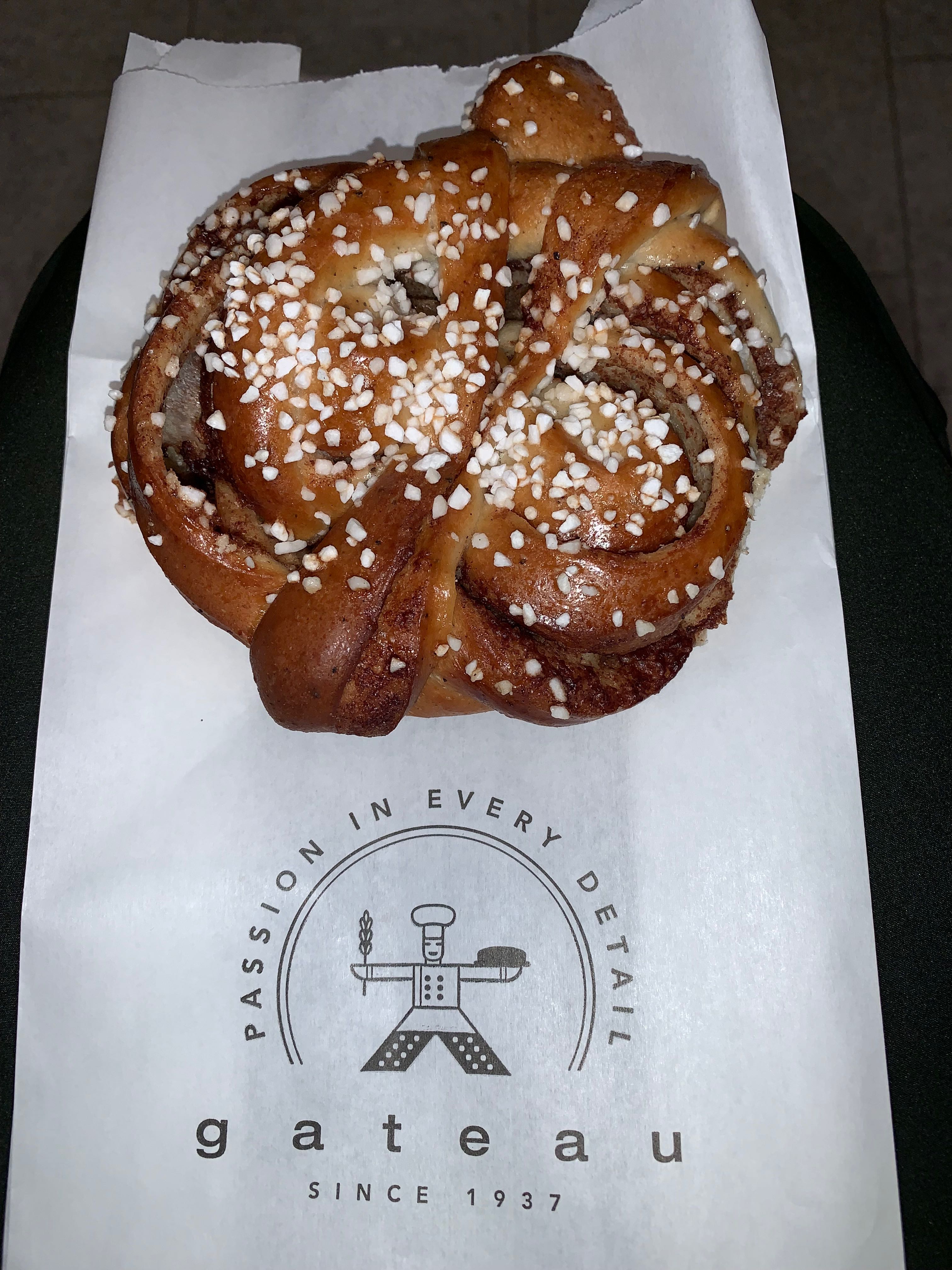
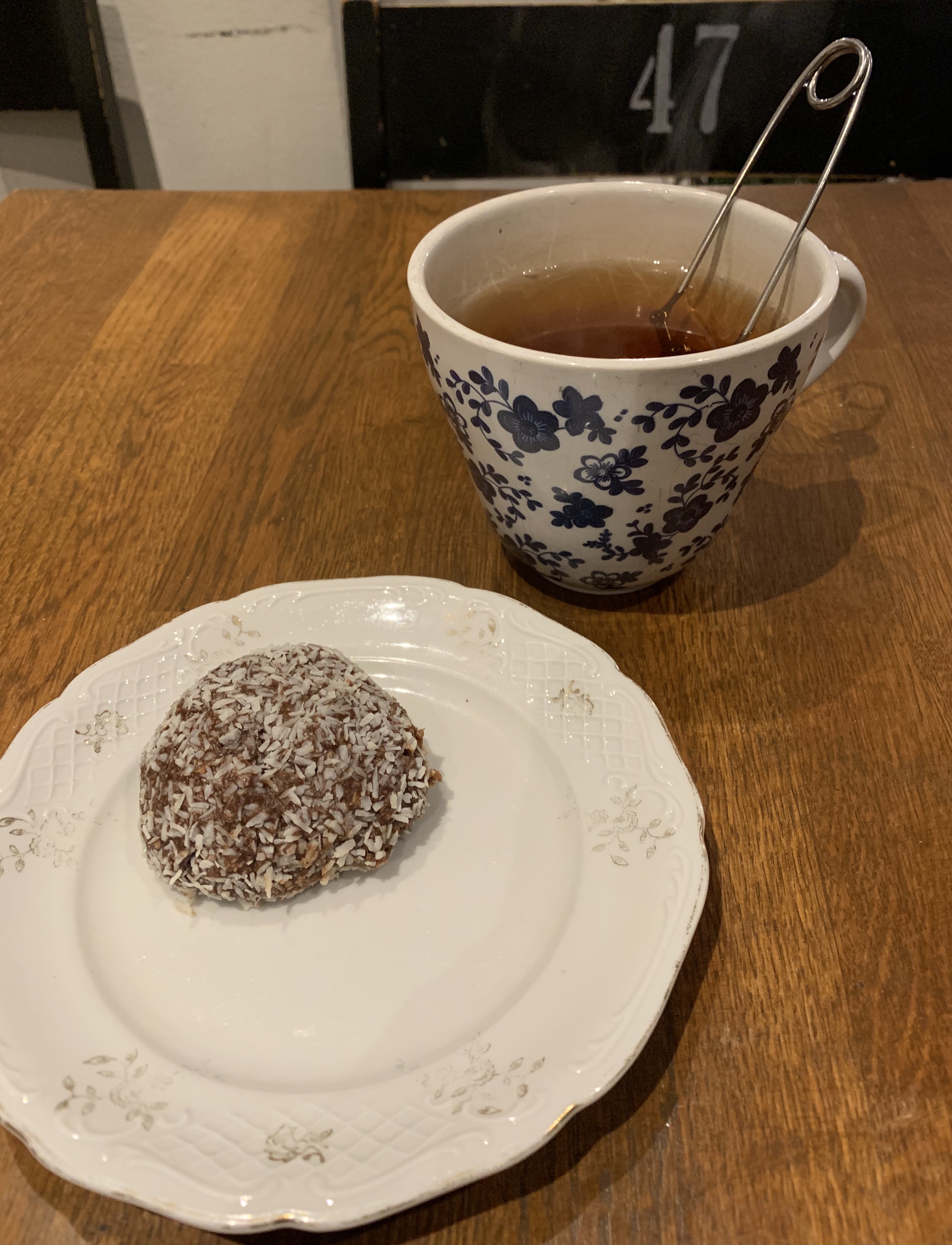
- Semla: a traditional pastry, typically enjoyed between New Years and Easter.
- Kanelbullar: what cheese steaks are to Philly, kanelbullar are to Stockholm; these cinnamon buns are not like ones you’d find in the states. A popular variation is the kardemummabullar, made with cardamom instead of cinnamon.
- Chokladbollar: my personal favorite (and ongoing addiction), Swedish chocolate balls are a melt-in-your-mouth combination of cocoa, coffee, and coconut.
